[DAY 38] Athanasopoulou Lena, Extended Memory I, 2009
Lena Athanasopoulou photographically tests, our memories of landscapes in her Extended Memory series. She sets her lens not on existing landscapes, but on factory manufactured imagery of fairy tale-ish and idealized nature, which she found in one-pound stores around London. And so, landscapes of weirdness, eerie, and magic emerge.
Her intention is to show how different our gaze and memory can be, depending on where, when and how we stand in front of something we miss - even if we have never seen it.
[Athanasopoulou Lena (1979, Greece)
Extended Memory I, 2009
Mixed Media, Archival Inkjet Print 1/3, 68 x 68 cm
Donation of the artist (2010), MOMus - Museum of Contemporary Art-Macedonian Museum of Contemporary Art and State Museum of Contemporary Art Collections]
[DAY 44] Christina Calbari, Custody, 2002
Home is the protected par excellence place of family, where custody is practiced at all times, where predispositions are forged, characters and ideologies are cultivated, where symbols and icons dominate. It is also the place where sometimes invisible bars rise, useless limitations appear, and big compromises take place. It is a protected place from which one might sometimes need protection. [Christina Calbari, Custody, 2002, From the series «Short Stories of Entrapment», MOMus-Thessaloniki Museum of Photography].
[DAY 2] Roger Ballen, Tommy, Samson and a Mask, 2000
The mask has proved historically to be a joyful opportunity of role subverting, a ceremonial familiarization with the unknown, an unfolding of cultures, of artistic skills, of hidden or deeply buried aspects of the self. In that sense, the mask has functioned also as a valve of releasing steam, or perhaps a shield of protection. Today, in a time of enclosure, mask is offering itself in the most obvious of ways, as a security factor and a choice of responsibility. Maybe after all sometimes hiding is a way to disclose more. Roger Ballen, an artist who has carefully used the dynamics of mask, has also researched the depths of the unconscious and the possibility of it being expressed. Is it then that the current unexpected occasion looks like an opportunity for someone to be taught by what is hidden and not only what is visible, by the richness of what is different than the security of the sameness, by the need of the unprotected against what seems well safe-guarded?
Photo: Roger Ballen, Tommy, Samson and a Mask, 2000
[From the current exhibition "Roger Ballen: Shadows of the mind" at MOMus - Thessaloniki Museum of Photography]
[DAY 36] Katerina Zacharopoulou, Petronella Oortman, 2011
A woman alone in her home, lost in thoughts and memories, surrounded by the objects of everyday life, she thinks, shuffles, is moved, reads, flips through albums with photos, reminisces about the past. Drawing their original reference to the original Petronella Oortman Dollhouse, a 1690 work at the Rijksmuseum in Amsterdam, Katerina Zacharopoulou's performances take place in the rooms of an imaginary house she built herself from a multifaceted ornate set and personal souvenir. Petronella's dollhouse is the ideal representation of the microcosm of a woman living confined to her home space, in another era, when the presence of women in public space was class and socially determined. Everyday activities and experiences are the vehicle that connects today's art with the bourgeoisie of the 17th century, in a visual revision of a hypothetical biography.
[Katerina Zacharopoulou, Petronella Oortman, 2011, performance - video installation,
Reading Room, video still
Waiting Room, video still
MOMus - Museum of Contemporary Art-Macedonian Museum of Contemporary Art and State Museum of Contemporary Art Collections]
[DAY 16] Solomon Nikritin, from the ‘Memories of War’ series, c. 1924
The civil war in Russia (1918-1920) found Solomon Nikritin trying to escape from Ukraine to Moscow in order to survive. He managed and in 1920 he entered the VKHuTEMAS Higher Artistic and Technical Studios, where he studied art. His early drawings capture the scary memories of War.
Nikritin said: “What I have painted here is fact, reality and truth. The attitude of each figure was made from the sketch of a concrete person, caught in the moment of a concrete, real situation. My intention has added nothing, exaggerated nothing, lessened nothing, symbolized nothing. All this I say myself and so it was”.
[Solomon Nikritin, from the ‘Memories of War’ series, c. 1924, MOMus - Museum of Modern Art-Costakis collection]
[DAY 37] Alex Mylona, Sun, 1998
Alex Mylona captures the circular shape of the sun in a square frame, in a composition based on the purity of simple geometry. The artist emphasizes on the symbolic dimension of her subject, in order to refer to the concepts of life and birth; at the same time, she refers to her favorite landscape, that of Cyclades. It is the sun that comes to drive away darkness and fear, promising hope for a new day; it is the sun, associated with ancient myths, beliefs and cosmogonies, religious events and philosophical theories, spiritual and artistic pursuits and achievements.
[Alex Mylona, Sun, 1998, Athens, marble, 77 x 77 x 77 cm, MOMus -Museum Alex Mylona]
[DAY 43] Alex Mylona, Defence, 1960
Defence is one of the Alex Mylona's compositions with which she participated in the Venice Biennale of 1960. It is an abstract artwork made of hammered iron; it is characterized by frontality, sharp ends and a balanced arrangement of flat surfaces. Defence is a symbolic wall, a metaphor of resistance, as well as protection and endurance in difficult and extreme conditions and situations. [Alex Mylona, Defence, 1960, Athens, hammered iron, 65 x 125 x 22 cm., MOMus-Museum Alex Mylona]
[DAY 15] Vassilis Constantinou, Untitled, 2015
A house’s interior is usually structured on the base of personal taste, of the current or a former tenant, in order to serve a condition of functionality, stability, security. In this staged self-portrait Vassilis Constantinou focuses through such an environment somewhere vaguely outside the curtain, as an observer on the line of an existent as well as psychological limit. How defensive can we become safeguarding the limit between the inside and the outside? How available are we to feel what is going on outside the closed circle, outside tradition, outside the frame, outside the constructed Cavafian “walls”? To what extent have we finally ignored the capability of photography, that seems destined to serve the faithful representation of the real, to outline also internal transition, turbulence and doubt?
[Vassilis Constantinou, Untitled, 2015, From the series "Family Frames", MOMus-Thessaloniki Museum of Photography]
[DAY 30] Dennis Oppenheim, Study for device to root out evil, 1997
One of the most prolific and pluralistic artists of the world, Dennis Oppenheim, through many and different techniques (land art, performance, video, installations, sculpture), was always trying to bring art and aesthetics to their limits. The drawing that is presented here entitled "A device to root out evil" is one of many preliminary sketches that he had done for the construction of a public art sculpture with monumental dimensions, with which he participated in the national USA pavilion in the 1997 Venice Biennial. In the last twenty years of his career, he was systematically involved in public art and architecture, despite the fact that many of his versions of this public work were rejected or even destroyed, since he was depicting a typical American church of New England upside down. He also was saying that "It's a very simple gesture that's made here, simply turning something upside-down. One is always looking for a basic gesture in sculpture, economy of gesture: it is the simplest, most direct means to a work. Turning something upside-down elicits a reversal of content and pointing a steeple into the ground directs it to hell as opposed to heaven".
[Dennis Oppenheim, Study for device to root out evil, 1997, Pencil. colored pencils, aquarelle and pastel on paper, 195 x 127cm, MOMus - Museum of Contemporary Art-Macedonian Museum of Contemporary Art and State Museum of Contemporary Art Collections]
[DAY 21] Kosmas Xenakis, “The piano”, 1948
Still a student at the National Technical University of Athens, but having already apprenticed with Tsarouchis (the year he took part in the first post-war Panhellenic Exhibition and shortly before starting his great career in architecture), Kosmas Xenakis continues to be fascinated by music and interior of the house: not only for the architecture of the home space, but for the sound of the piano that fills the architectural space and changes the emotional landscape of the times and the figures that look towards us.
[Kosmas Xenakis, “The piano”, 1948, tempera on fabric, 958,8x73,9 cm, Donation of Alexander and Dorothy Xydis to MMCA, MOMus-Museum of Contemporary Art-Macedonian Museum of Contemporary Art and State Museum of Contemporary Art Collections]
[DAY 4] Stavros Kioutsioukis, Swastika in memory
The city has been hosting the Holocaust Memorial since 1997. It is a work of Nandor Glid completed by his son Daniel, creators of other similar monuments in Belgrade, Dachau and Yad Vasem in Jerusalem.
In the sketch, the monument comes to life, accepts the Nazi attack that desecrated its body, bends and tilts, but resists. It struggles to stand up and lift the weight of the memory we loaded on its shoulders. The bodies are entangled in the shape of the lamp, they burn, they bleed. They rediscover the original connection with the extermination of the Jews of Thessaloniki in 1942.
Some monuments are living organisms. They become subject to assault, claim, vandalism. Invisible or unwanted, exiled or indifferent, they come back to remind us of the measure of our endurance in the memory with which we find it difficult to reconcile.
[Stavros Kioutsioukis, Swastika in memory
Thessaloniki December 2018. Unidentified persons desecrate once more the Holocaust Memorial in Eleftheria Square, in the centre of the city. The perpetrators spray a swastika on the memorial and leave undisturbed]
[Sketch from the exhibition "X them out. The Black Map of Racist Violence at MOMus - Museum of Contemporary Art]
[DAY 17] Apostolos Georgiou, “Five past three”, 2006
It may be April 1st. It’s definitely five past three. The title of the work of Apostolos Georgiou signals, with almost detective precision, the time. A time, which painting freezes. A time, which may imply either the absence of any event or the presence of an event that we are unaware of, even of it’s a crime. The markers of this watch are created by human bodies, which intertwine, carrying one another. In this state of stability and insecurity at the same time, reality is defined not only by individuals and events but also by their psychological weight.
[Image: Apostolos Georgiou, “Five past three”, 2006, acrylics on canvas, 260x230 cm, Donation of the artist to the Macedonian Museum of Contemporary Art, MOMus-Museum of Contemporary Art-Macedonian Museum of Contemporary Art & State Museum of Contemporary Art Collections]



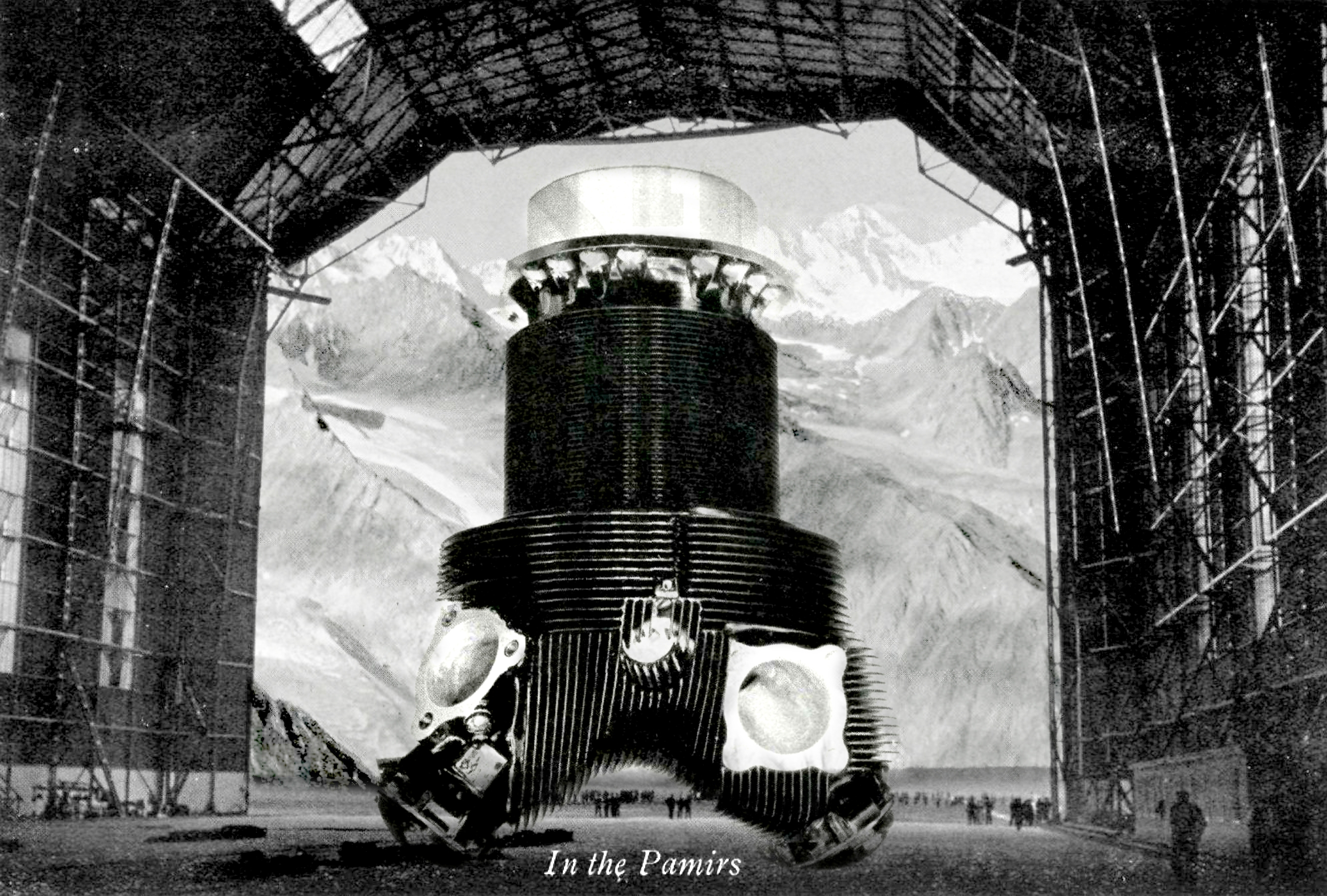
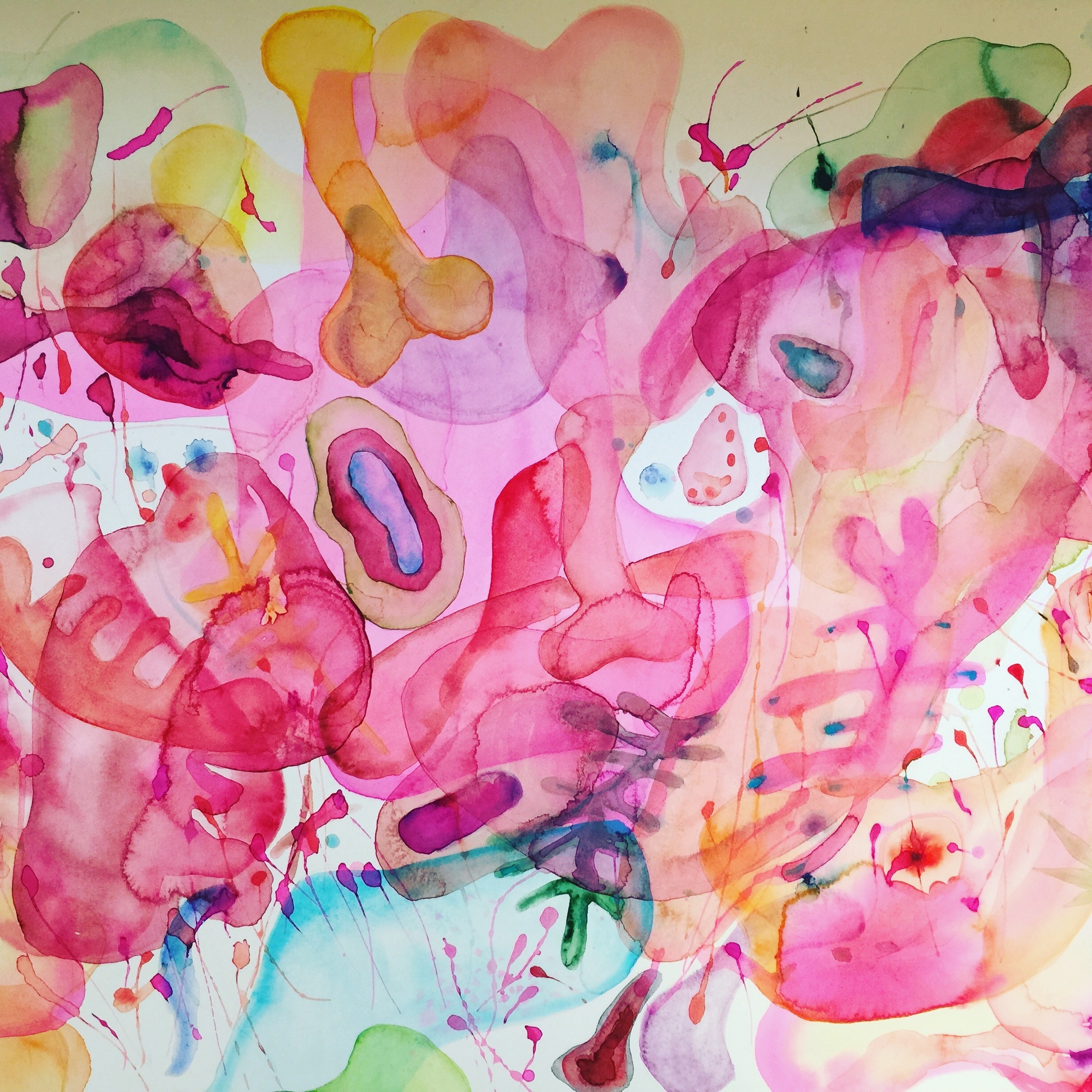
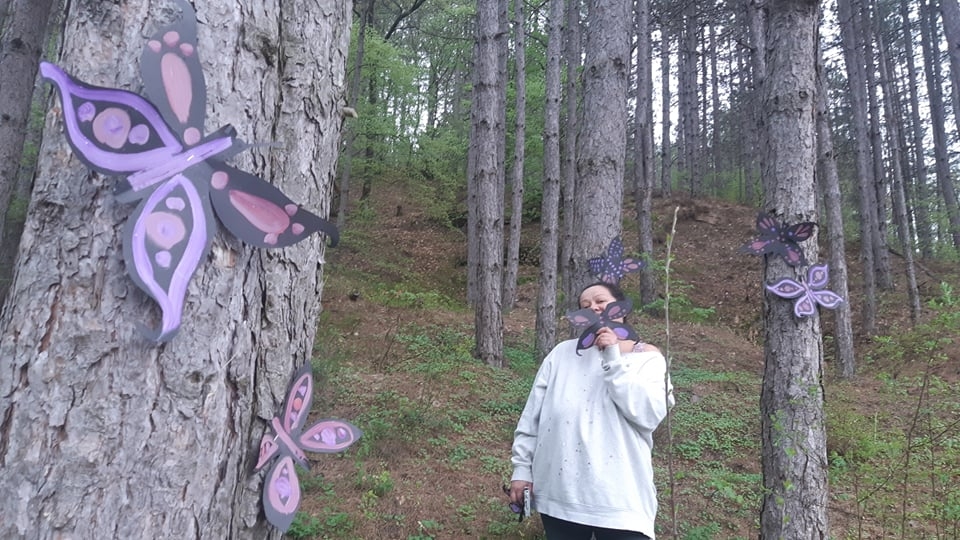
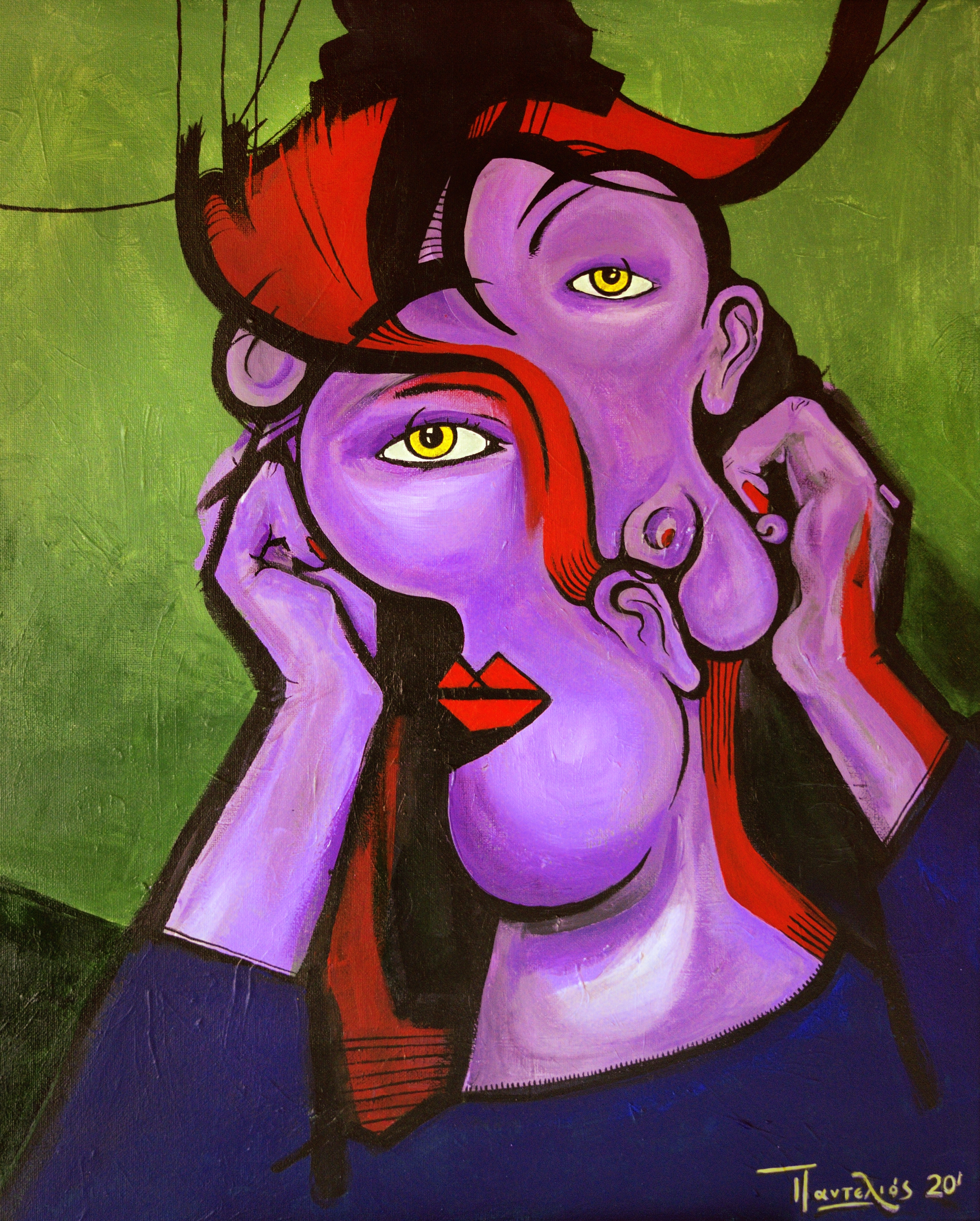
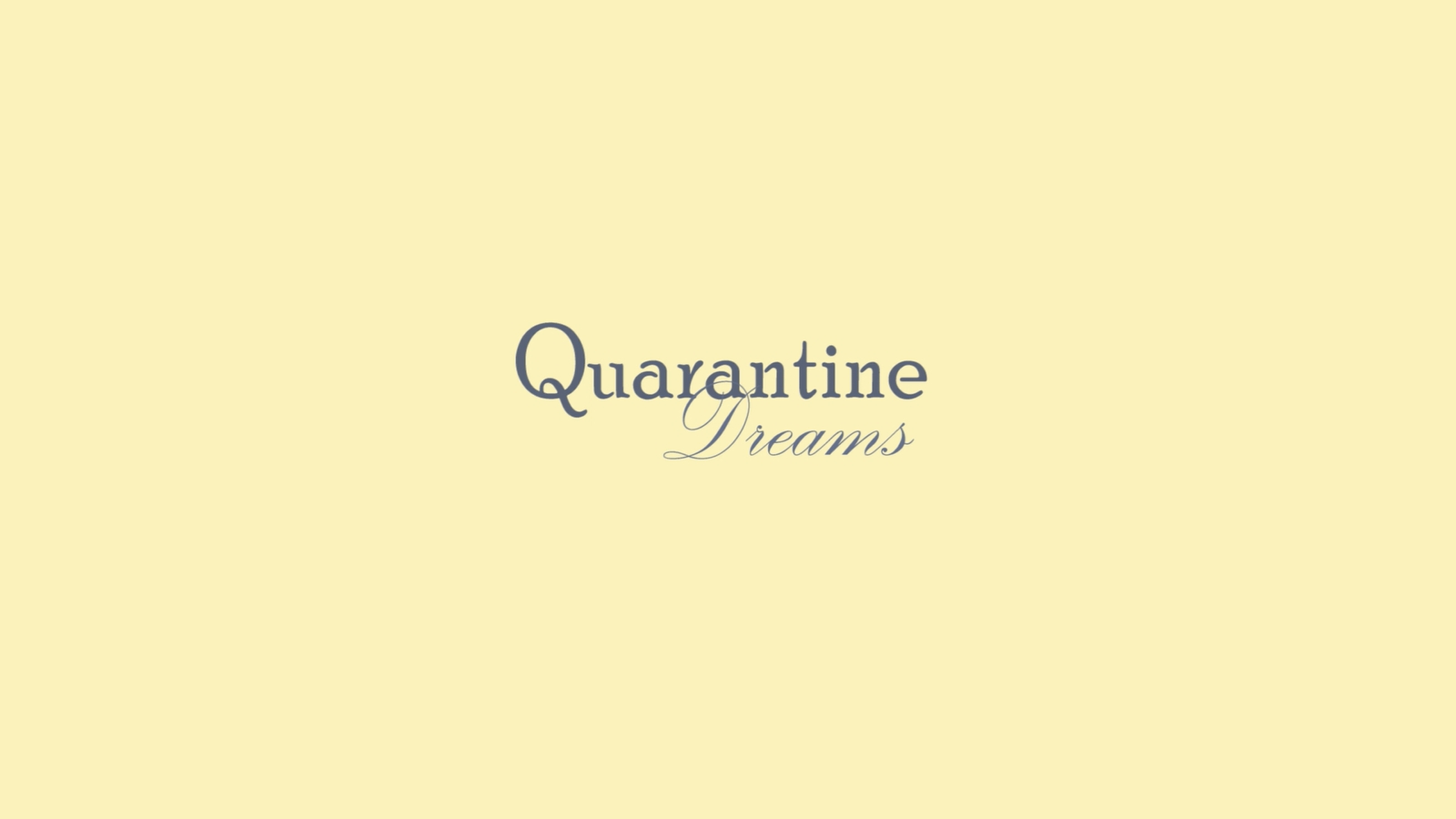
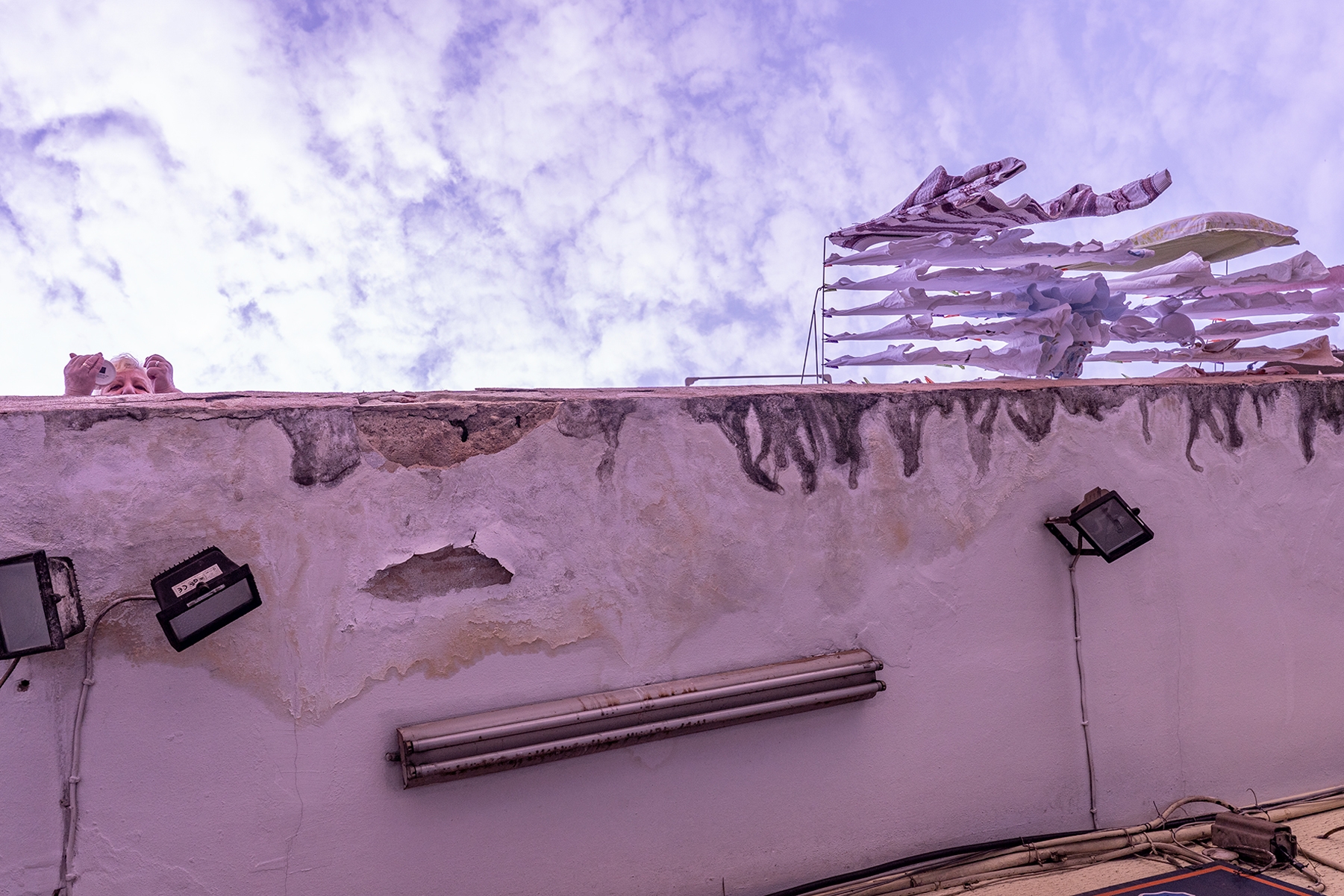
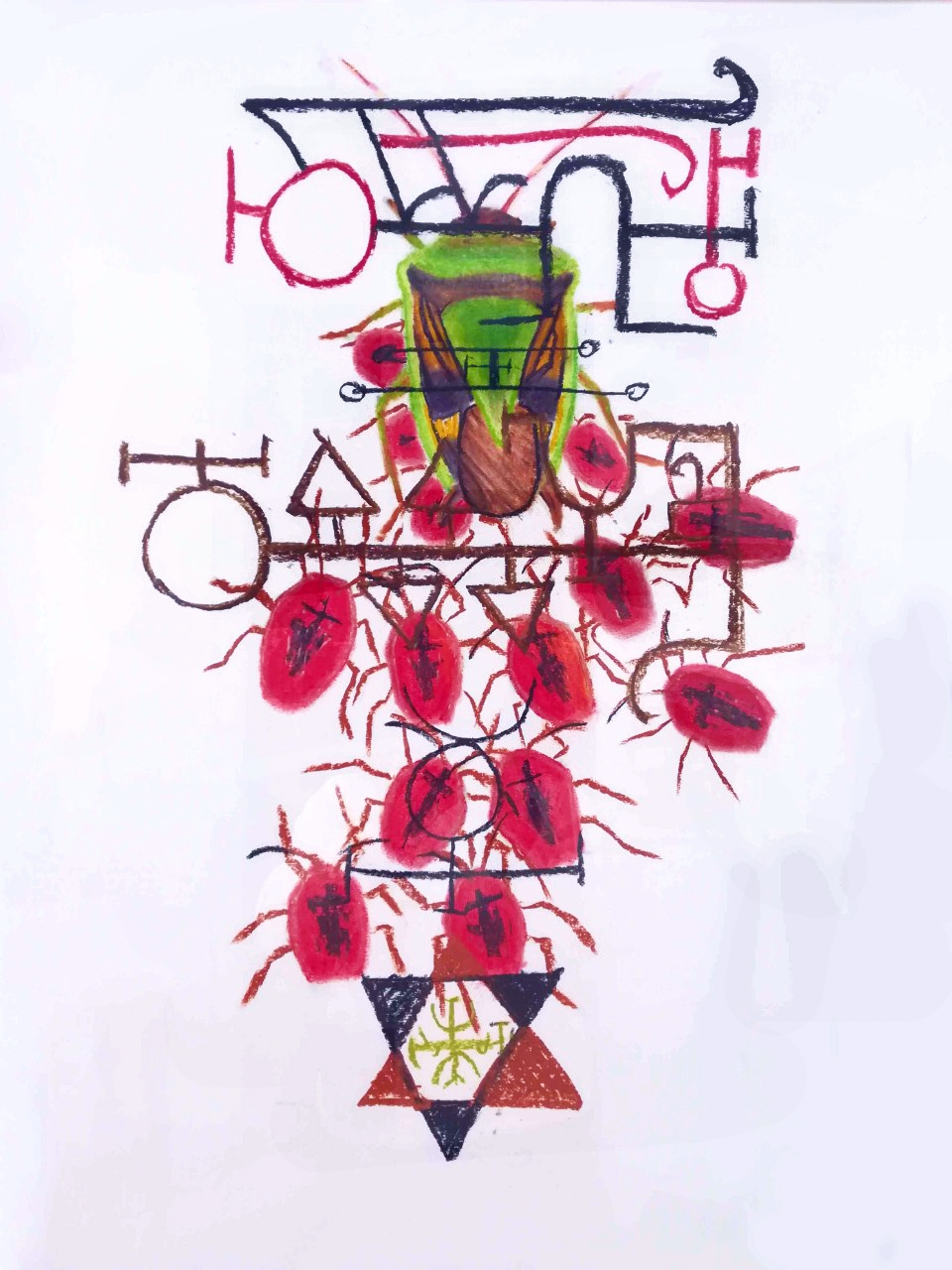
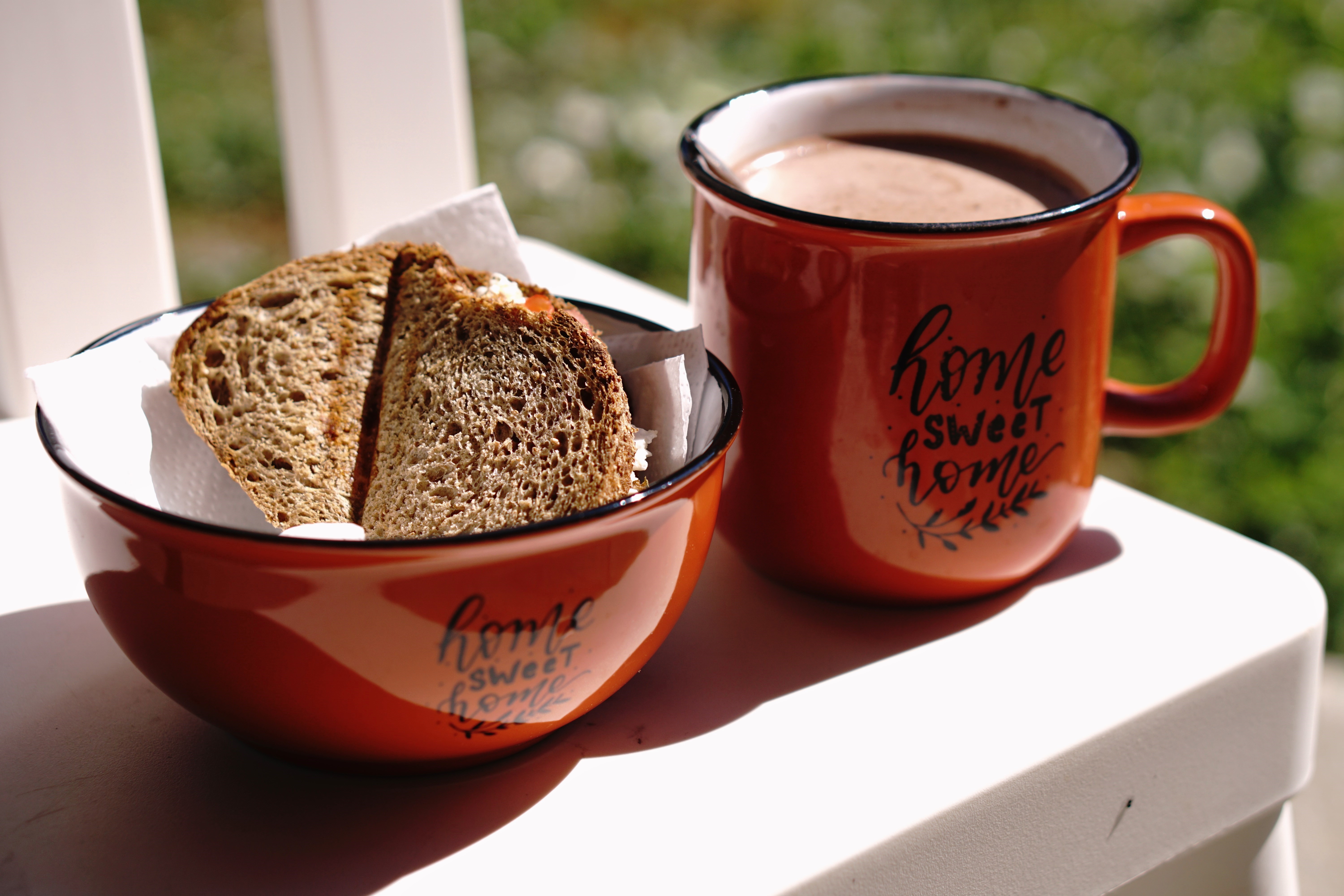
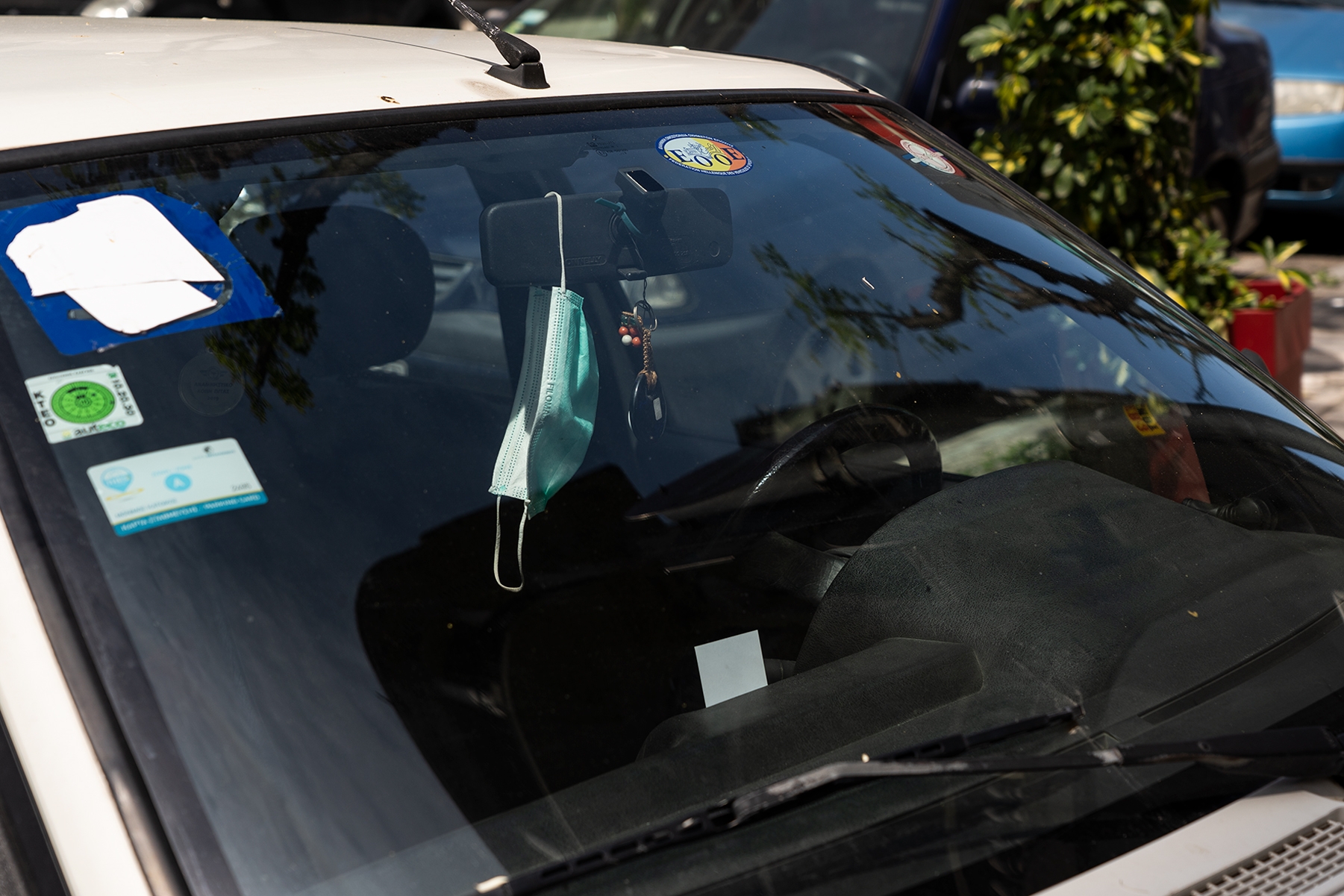
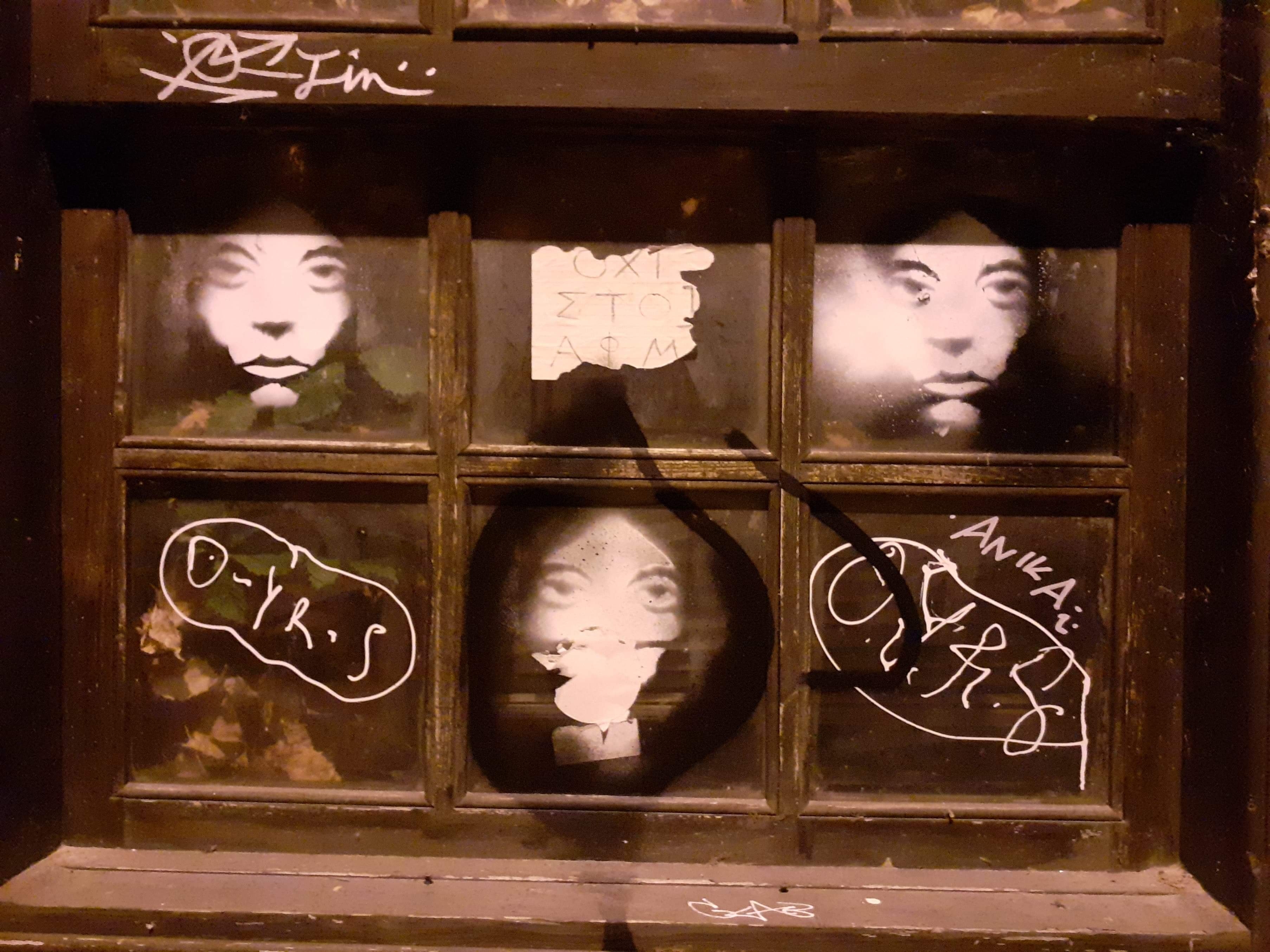
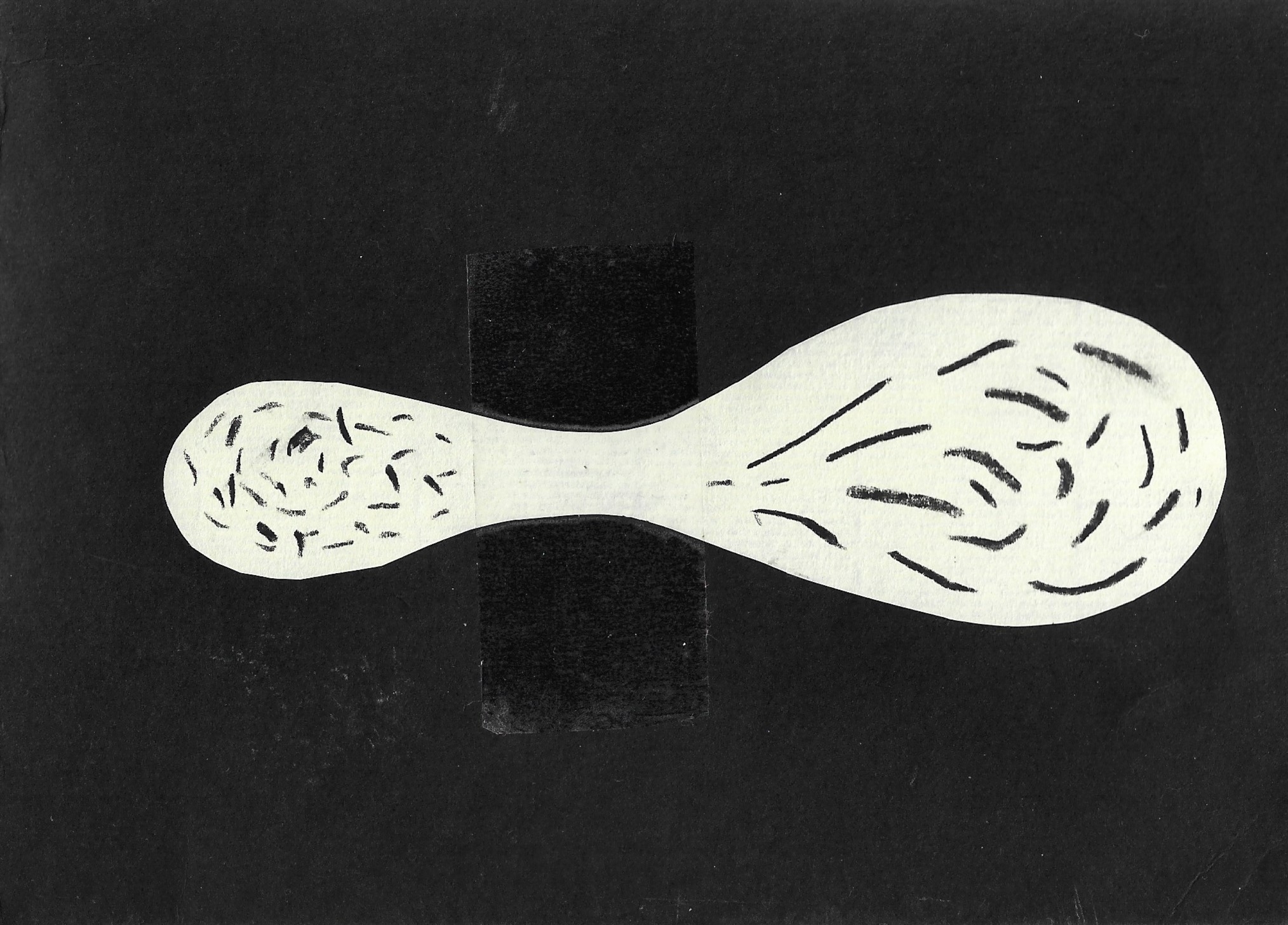
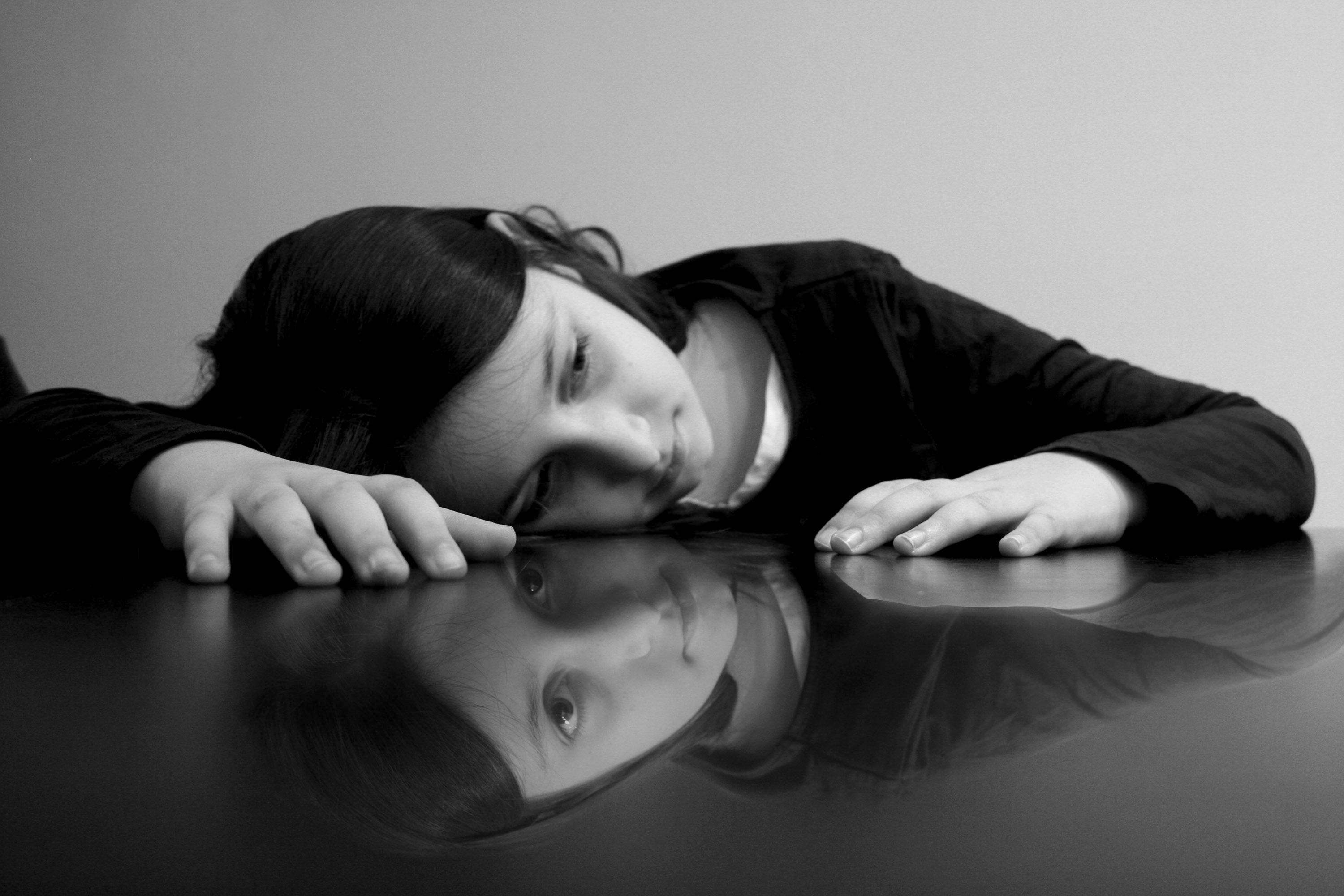
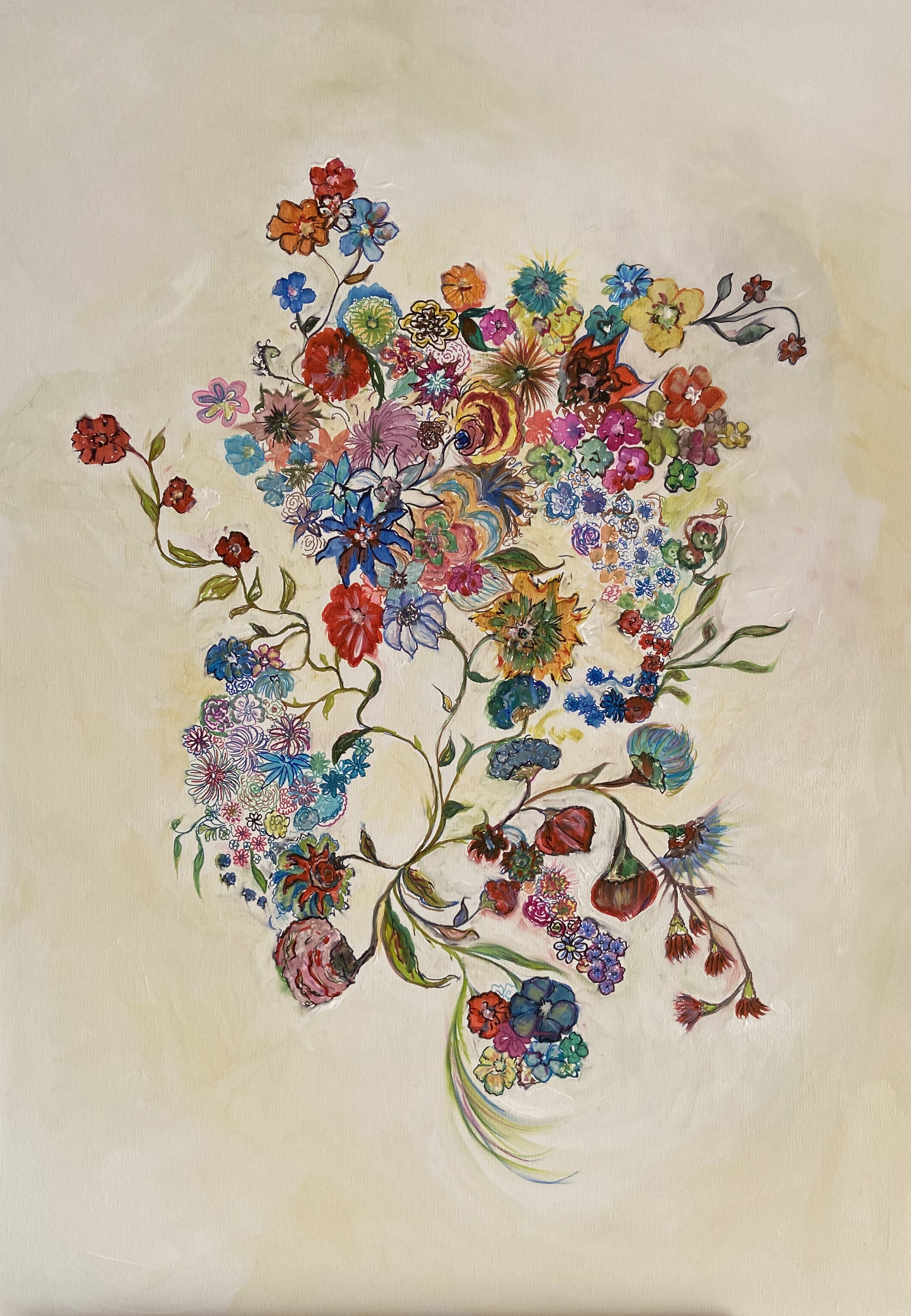
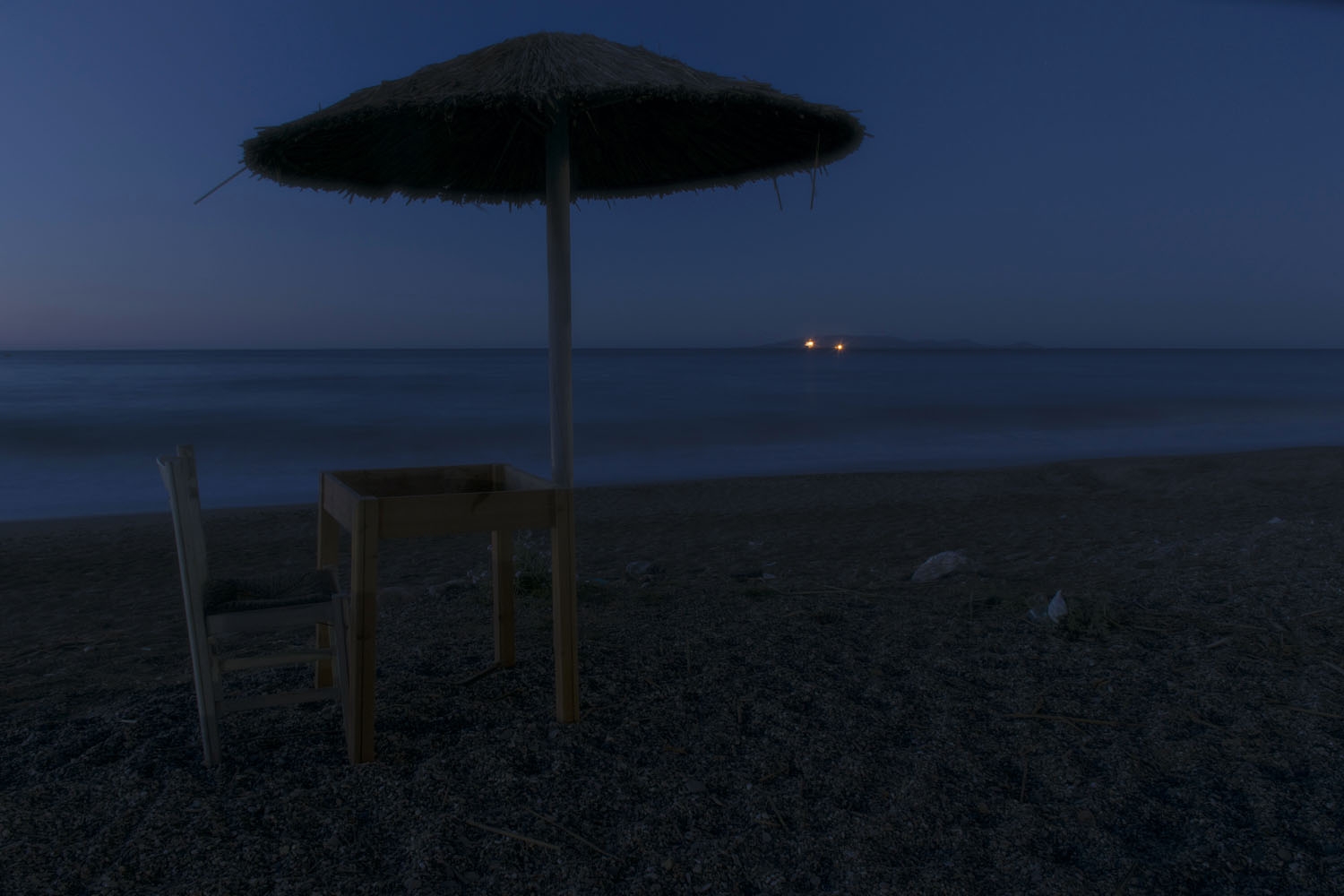
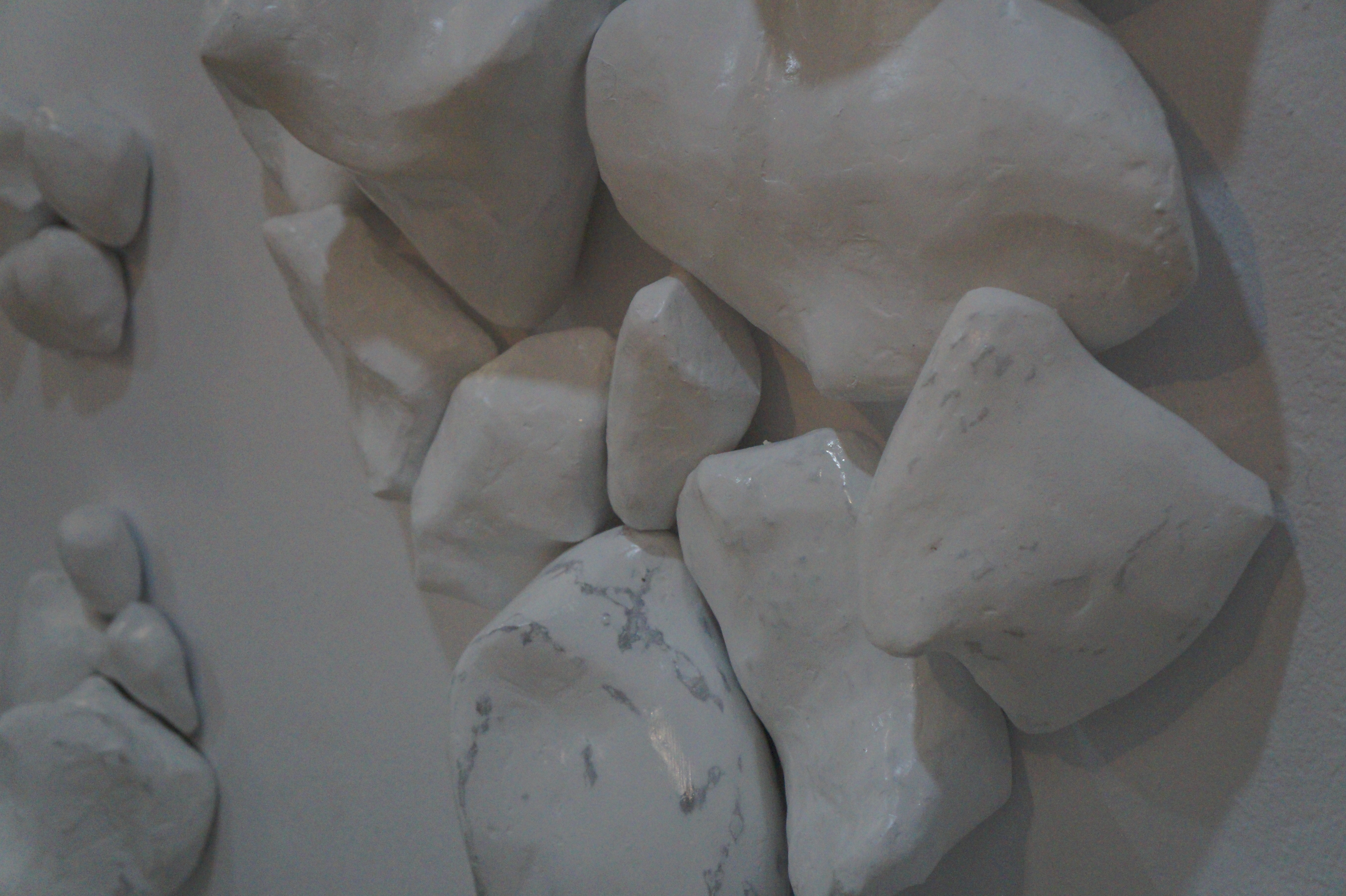
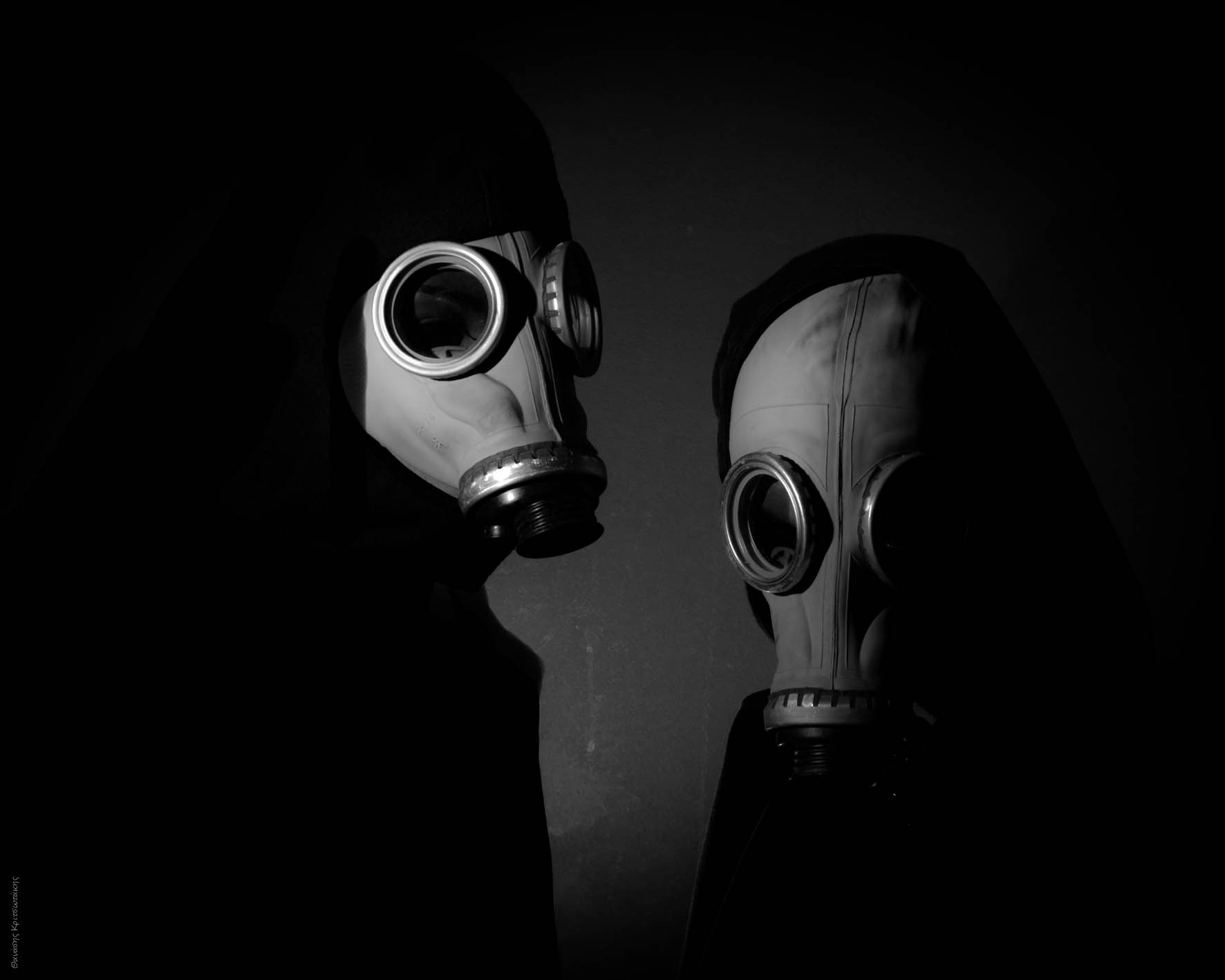
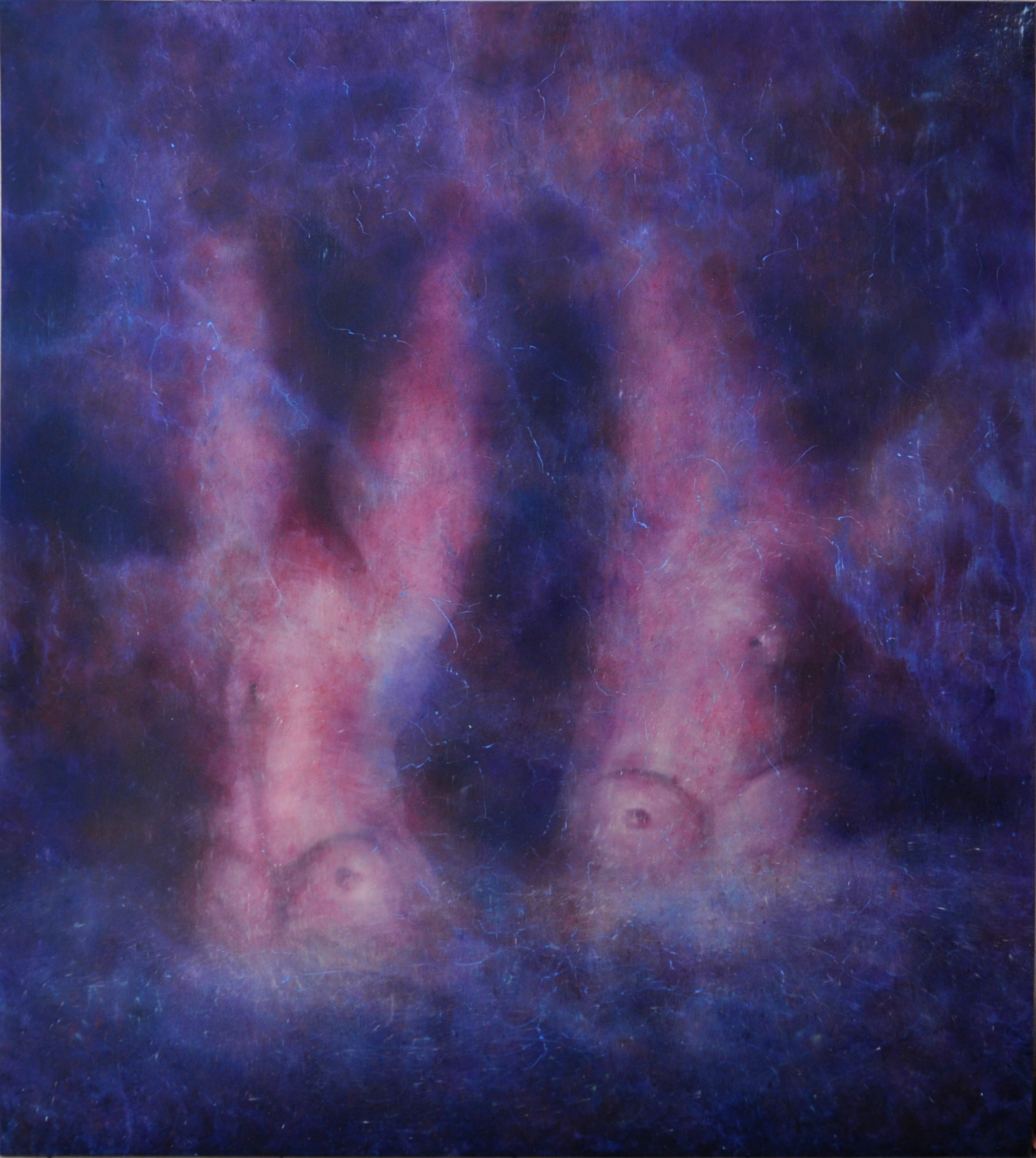
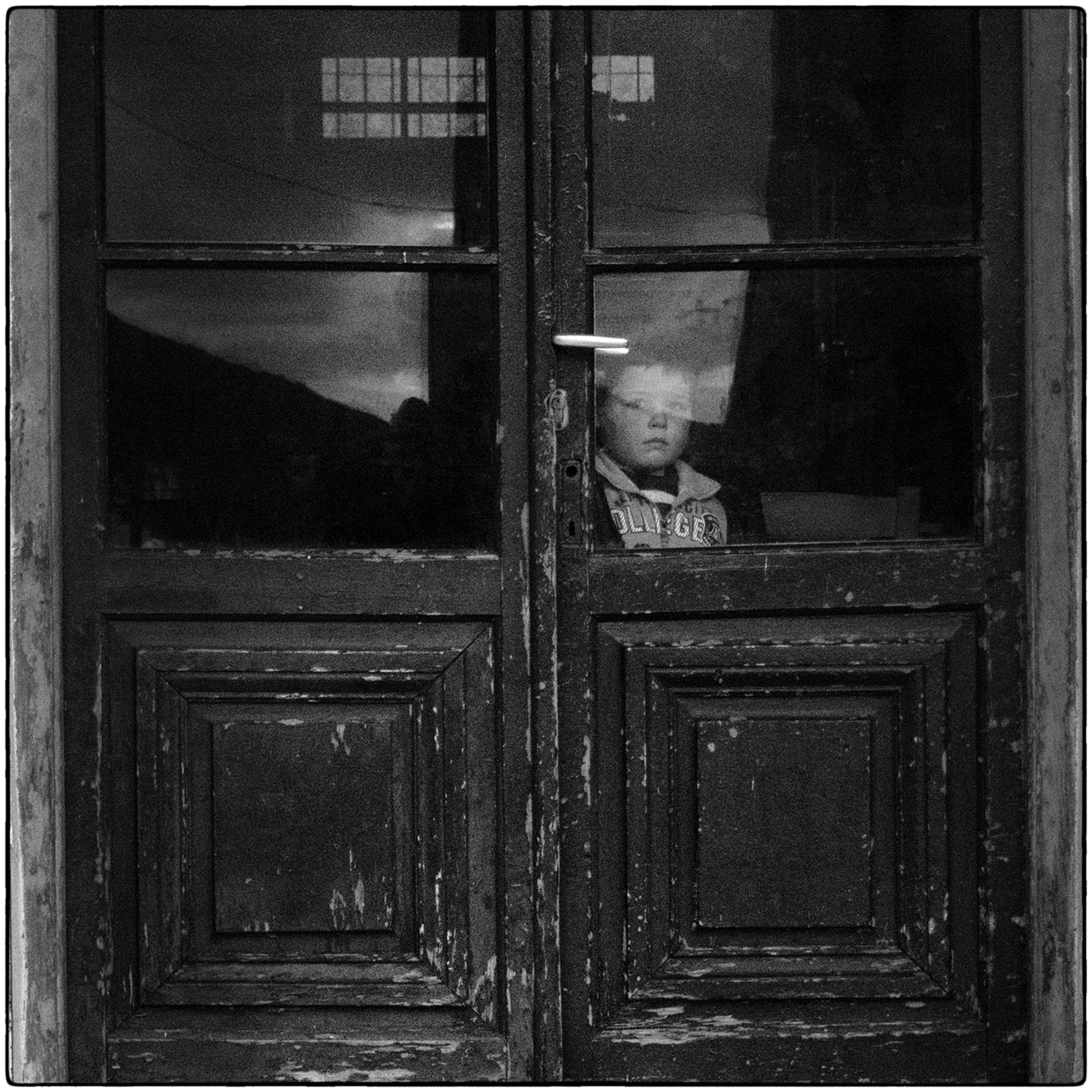
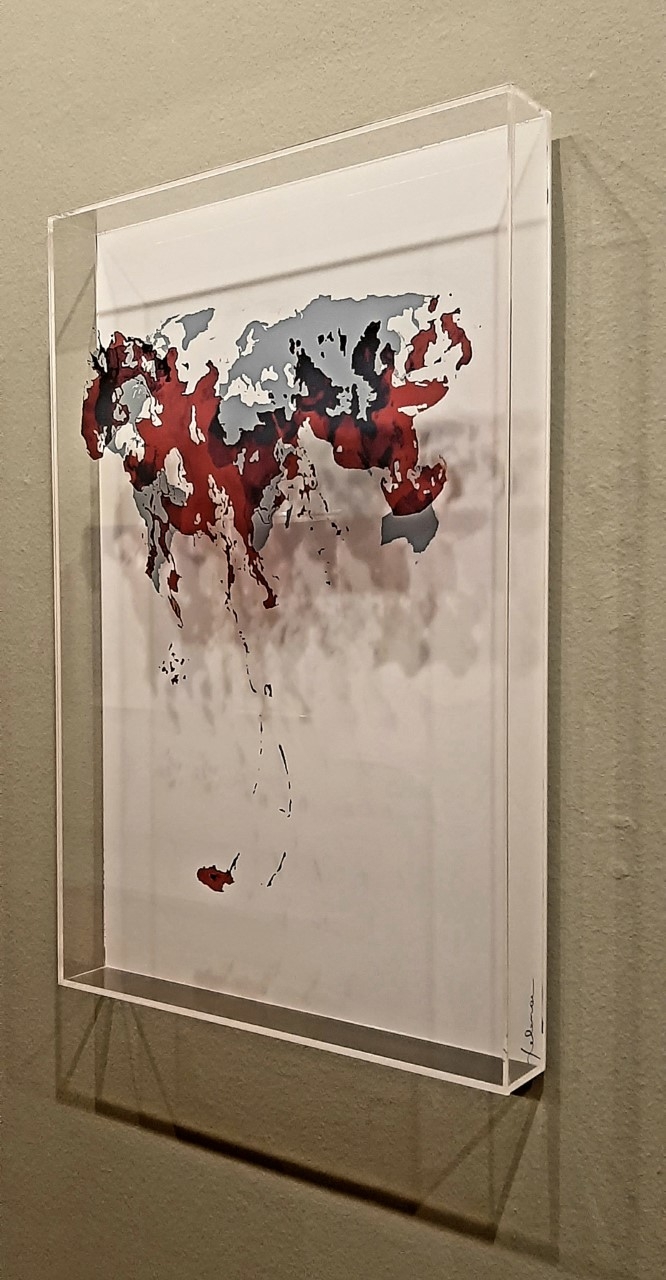
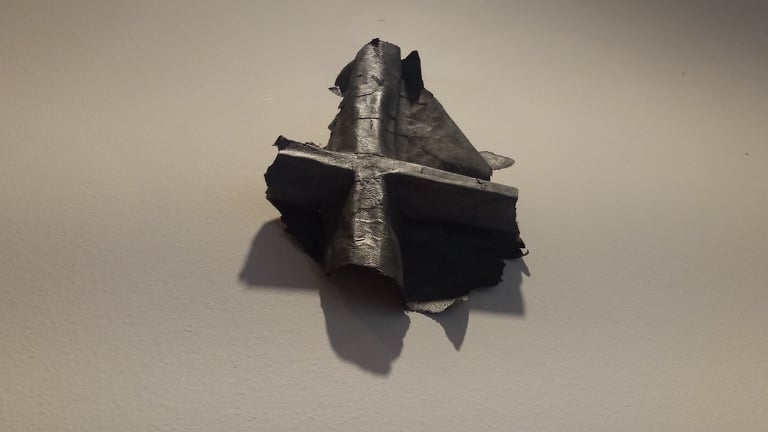
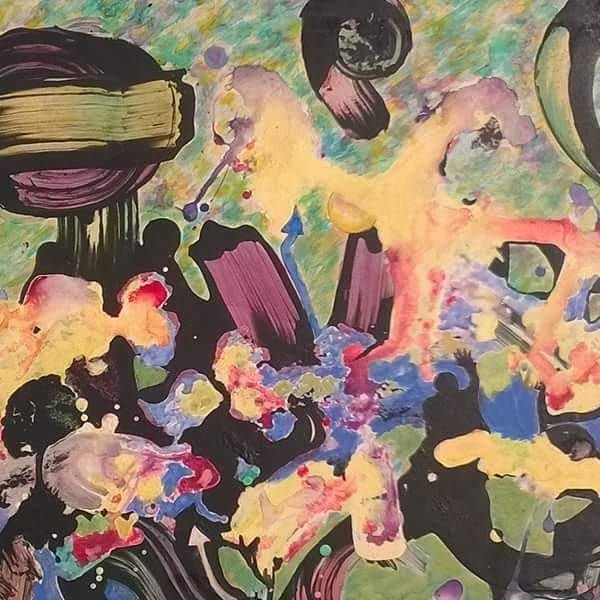
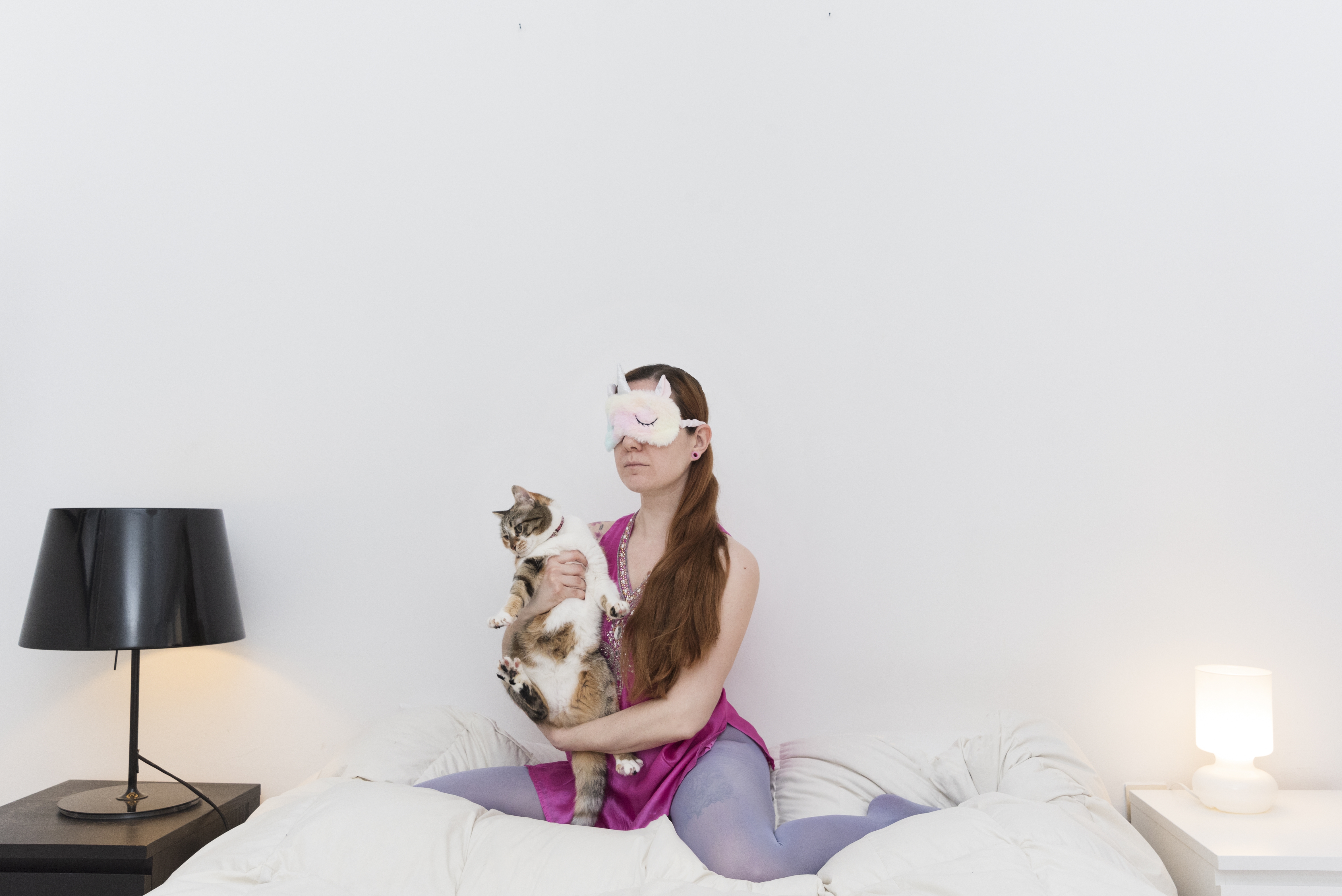
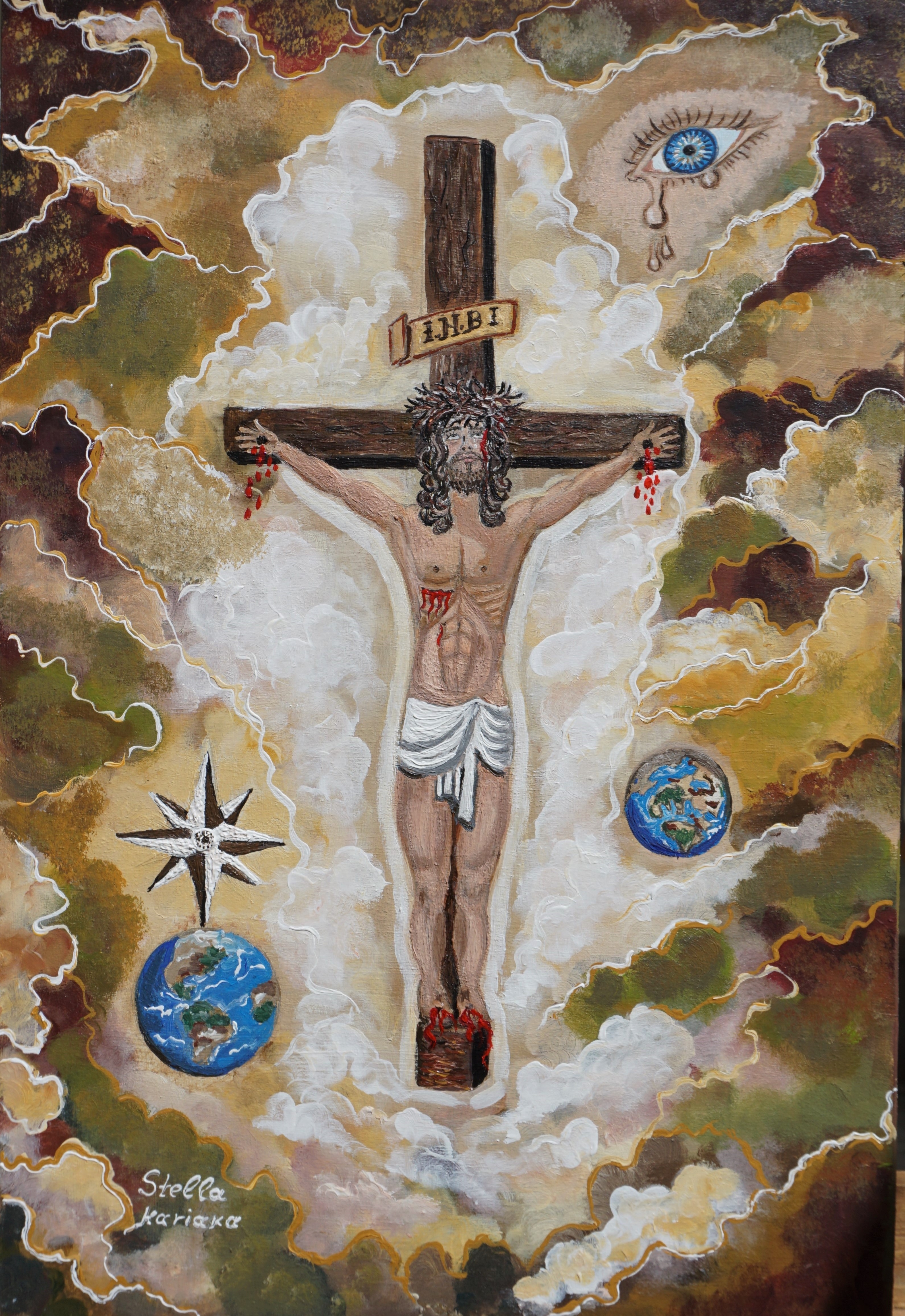
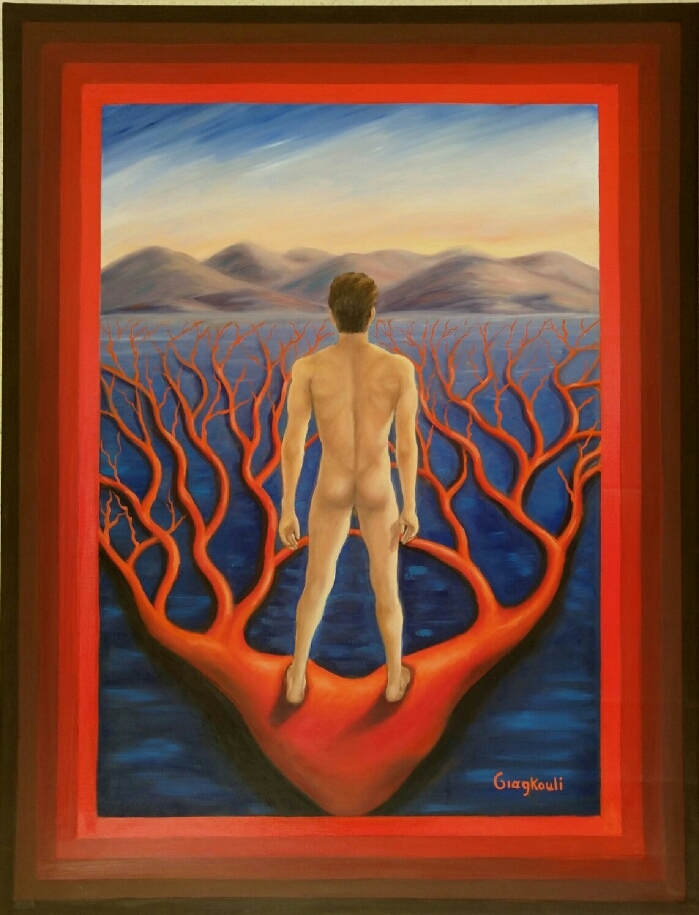
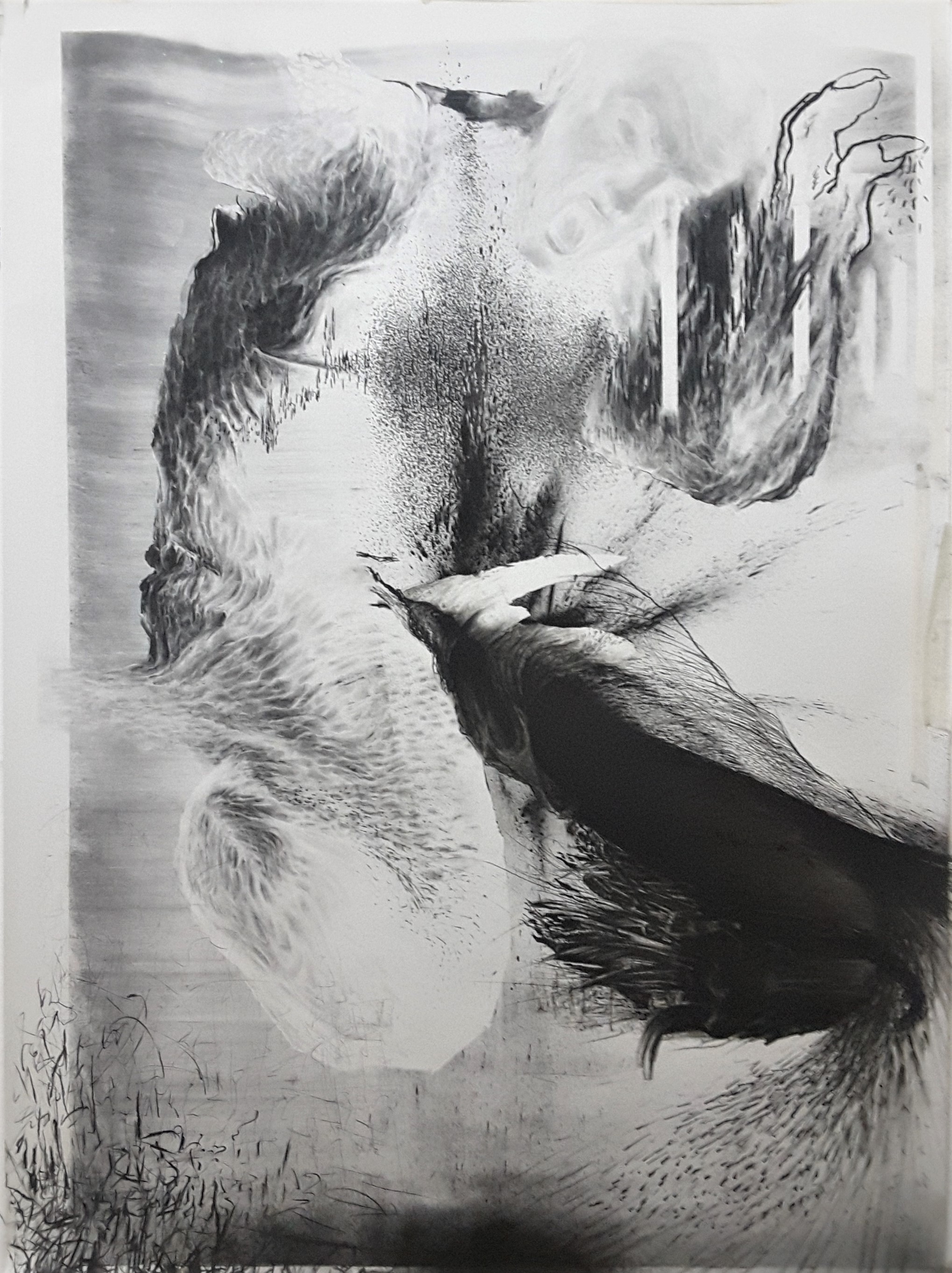
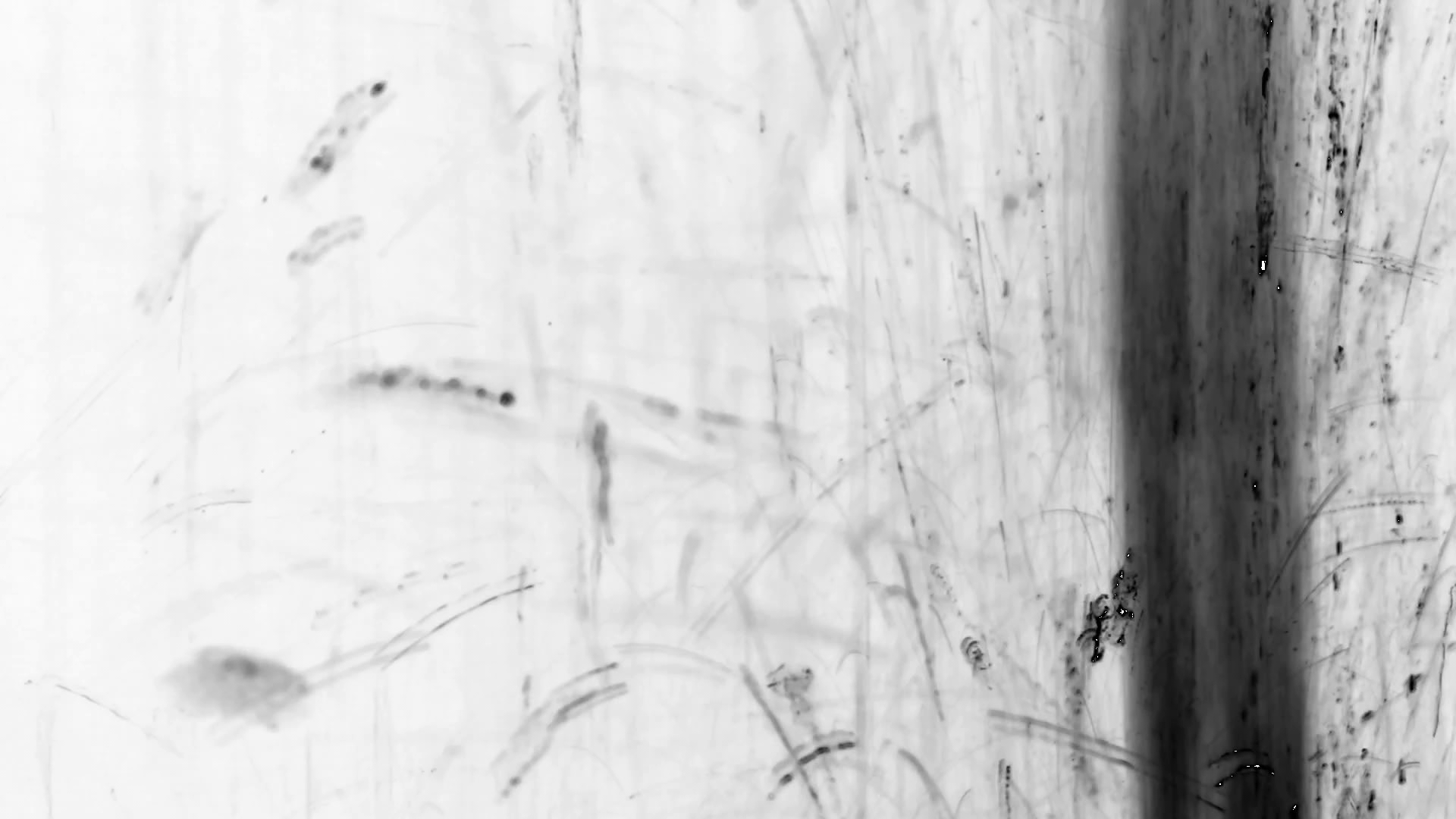
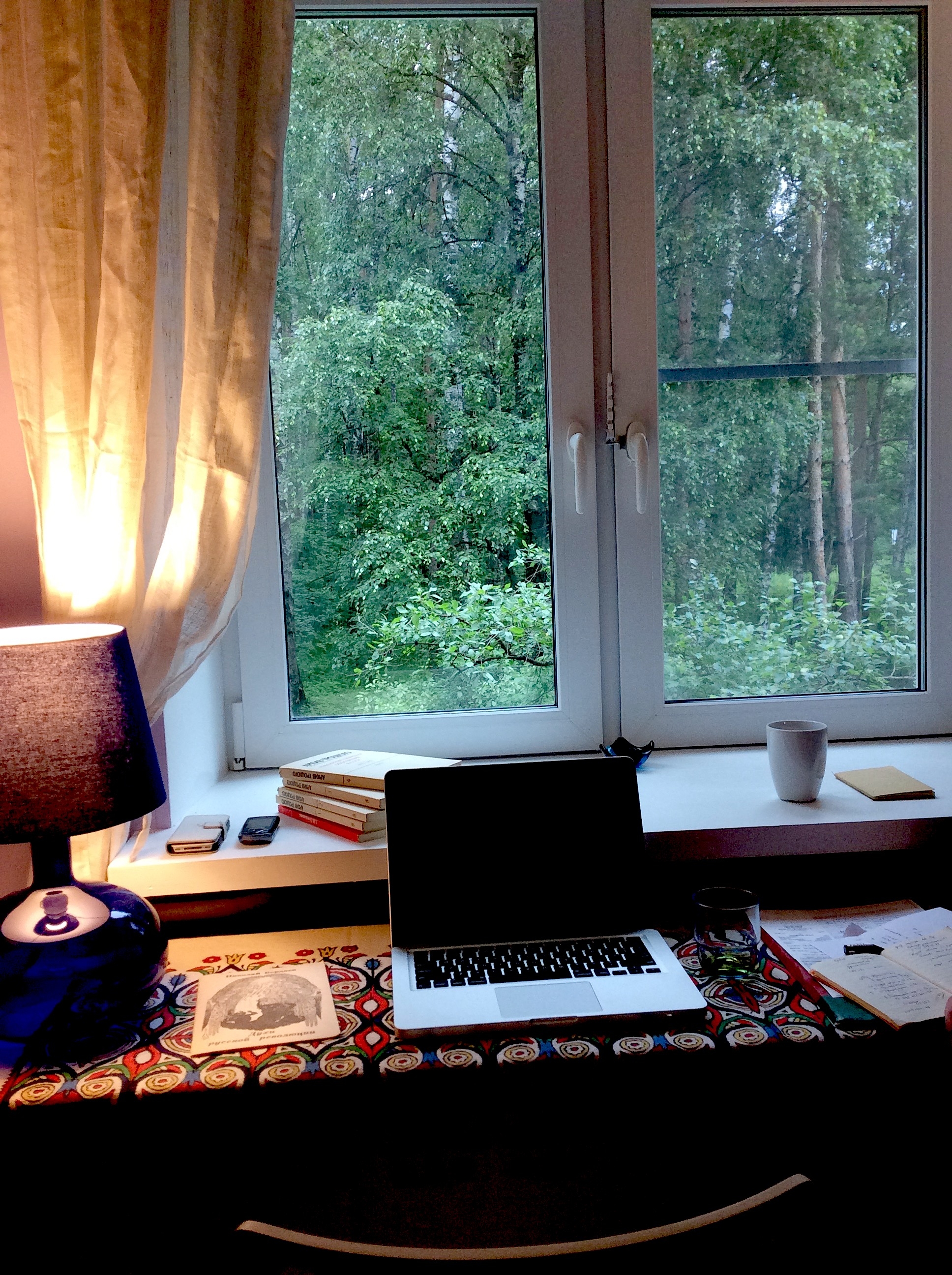
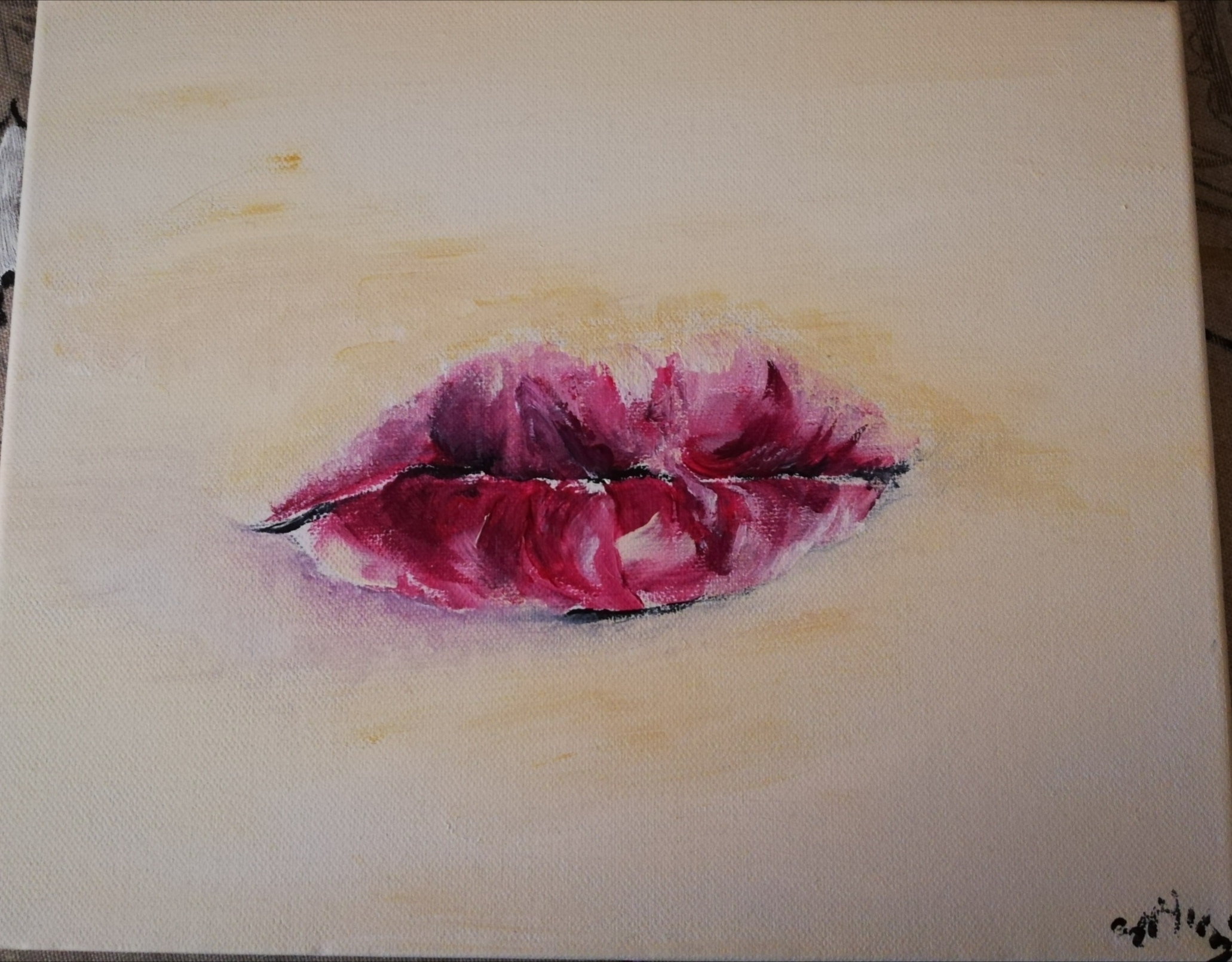
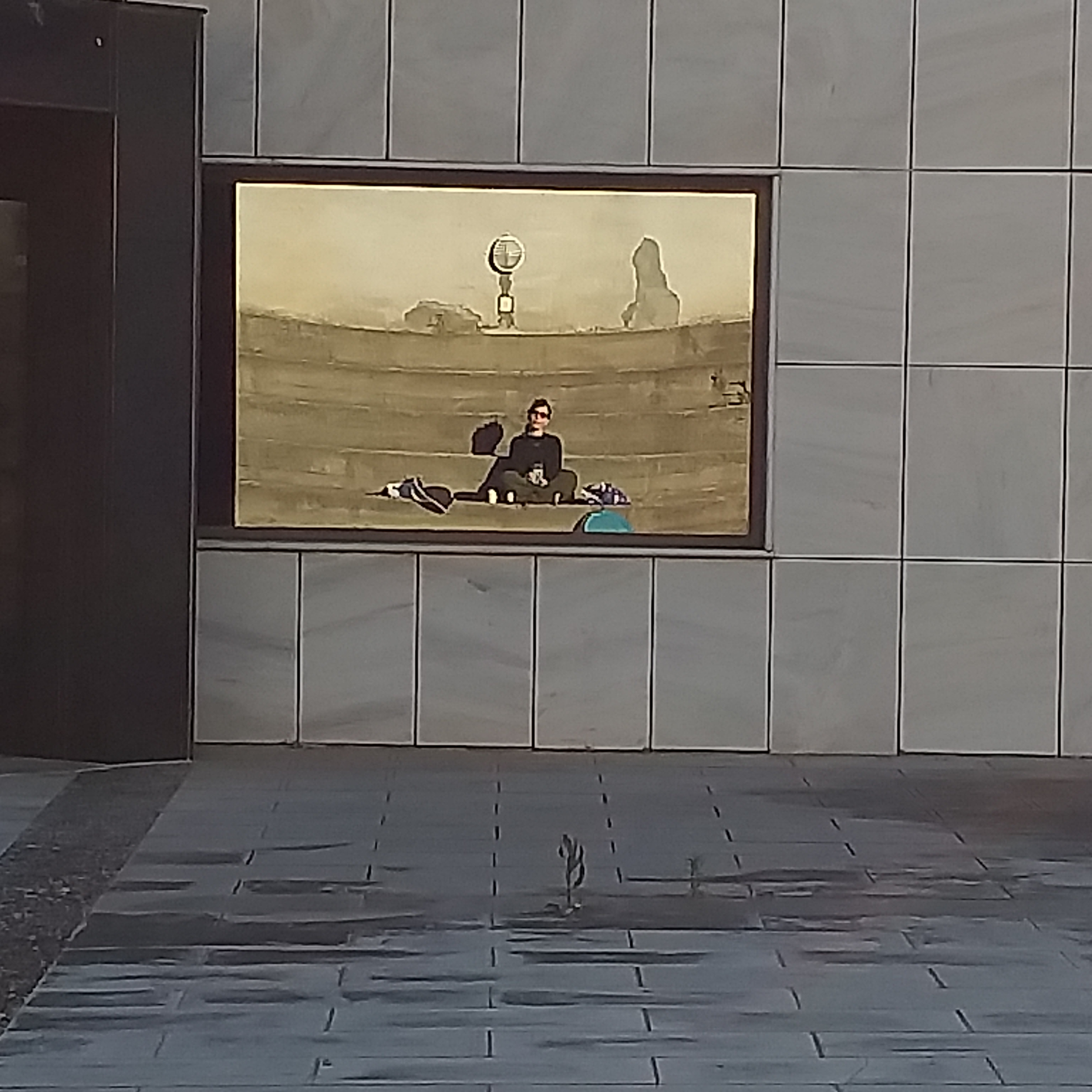
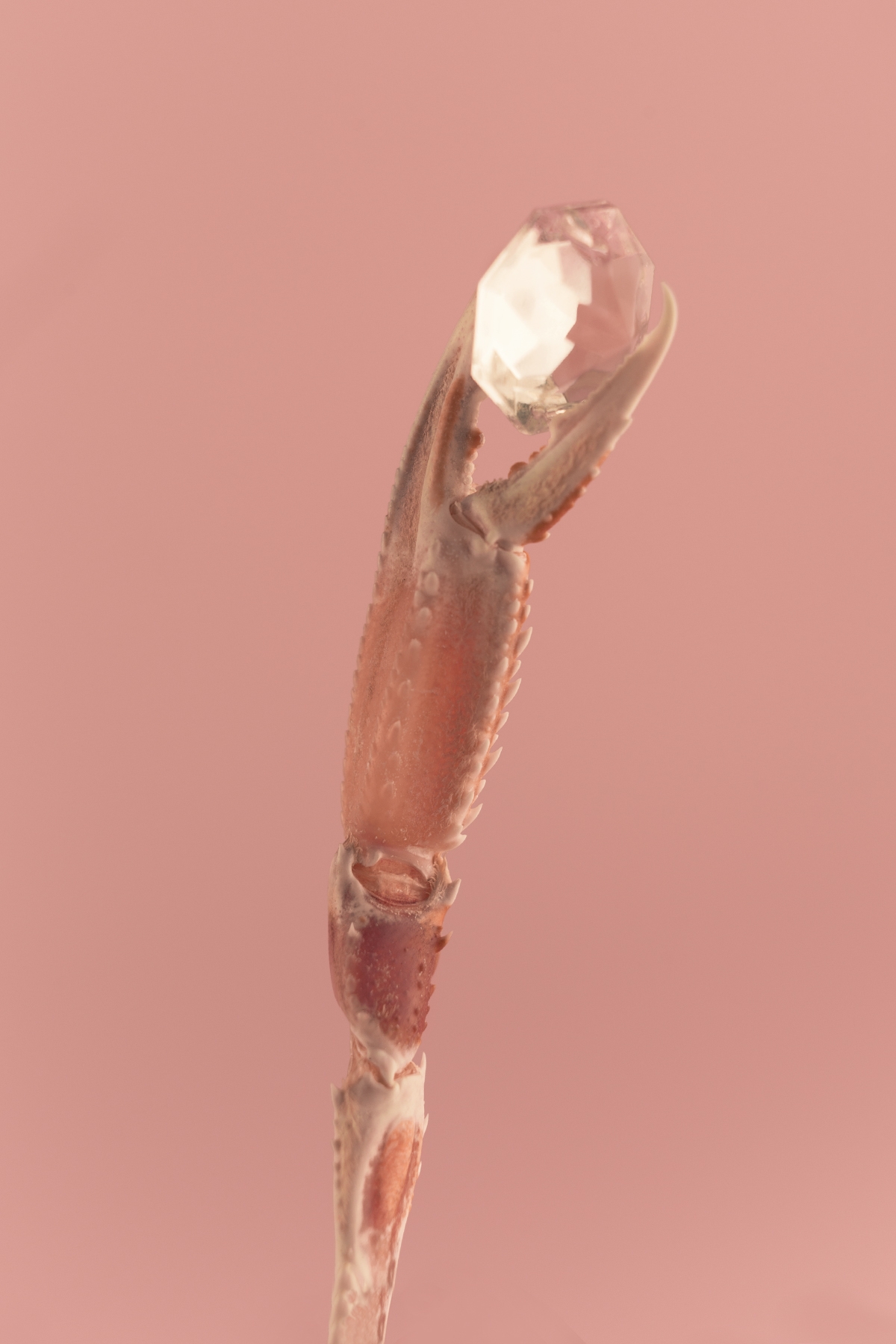
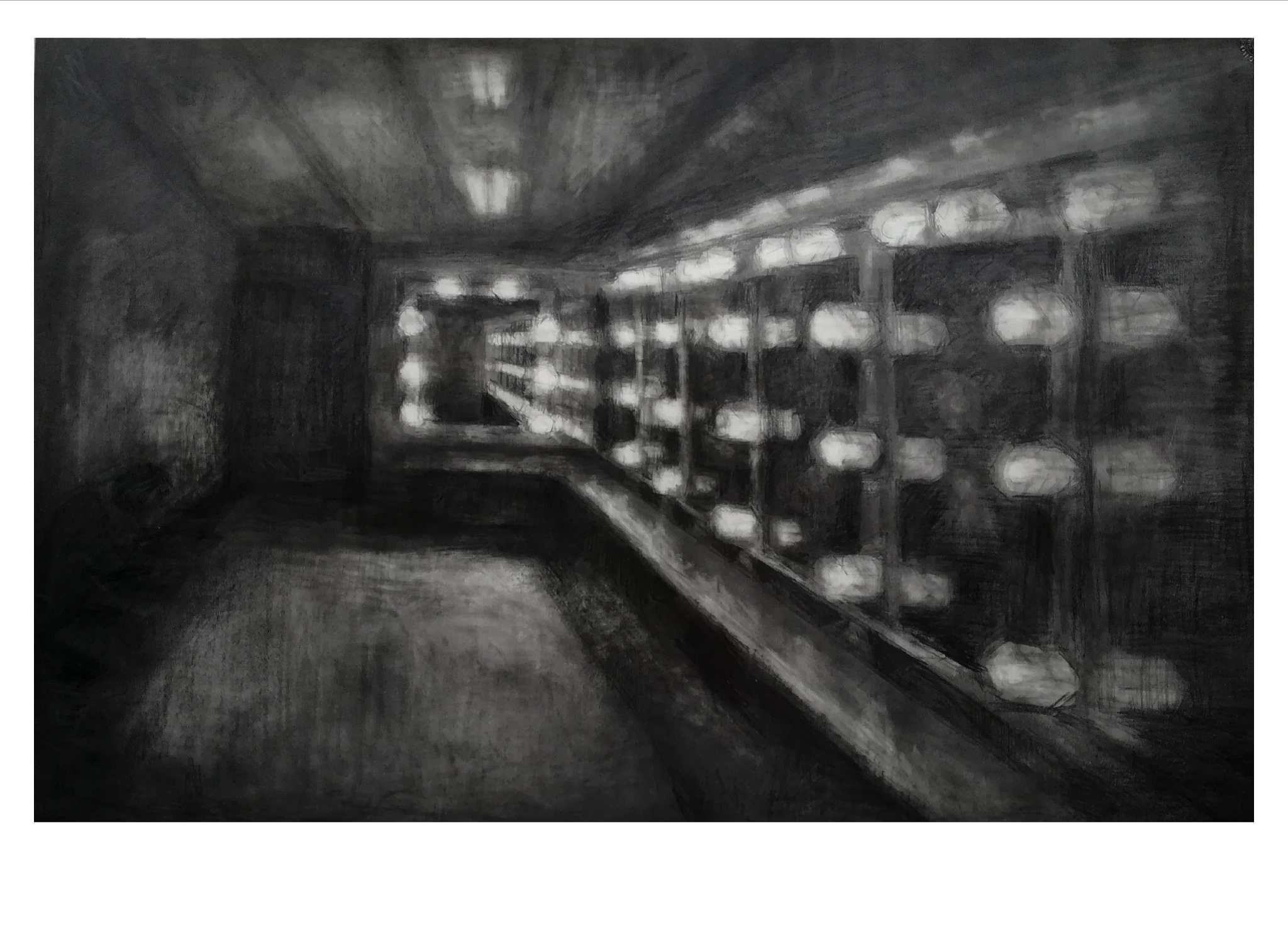
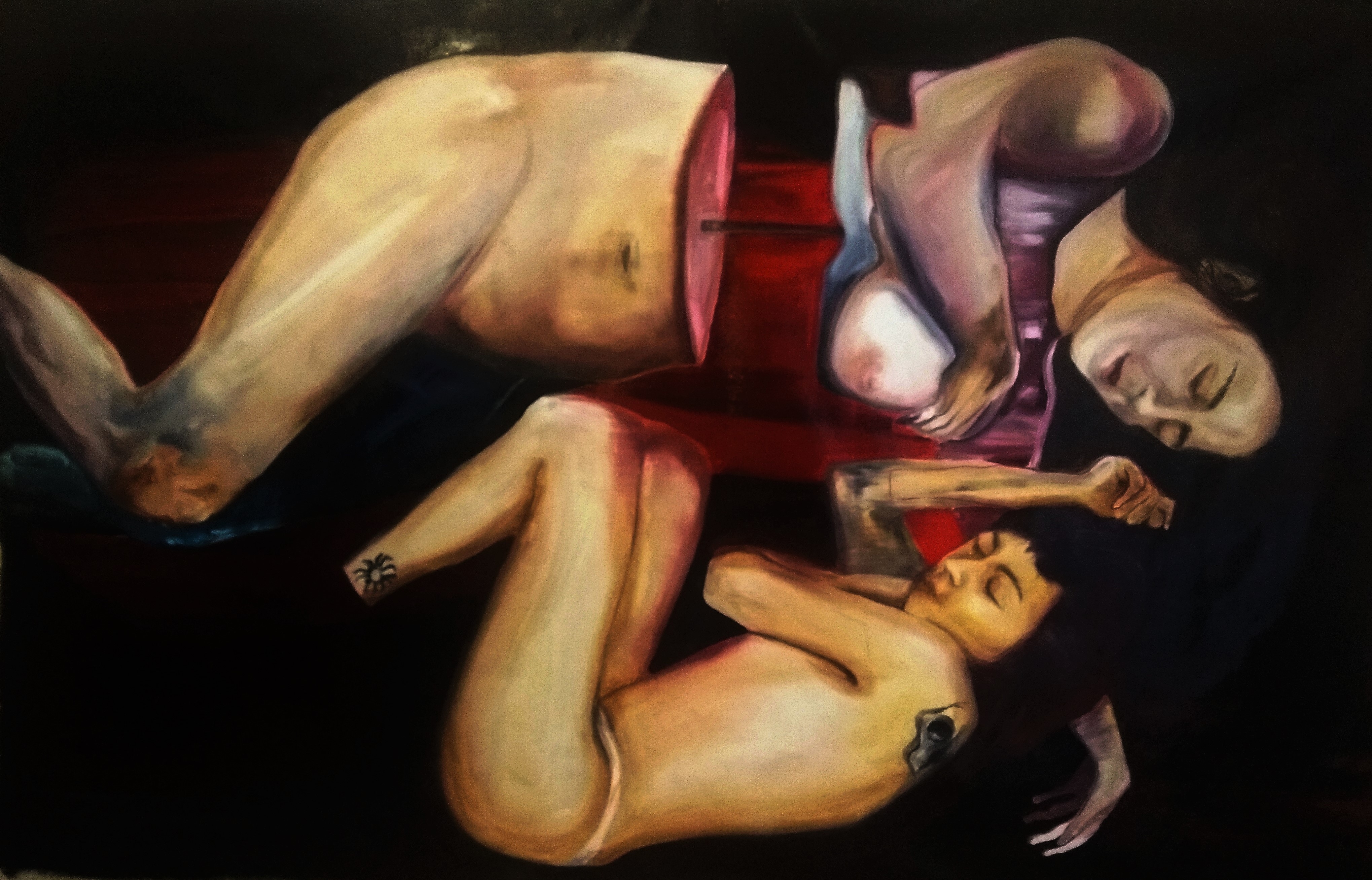
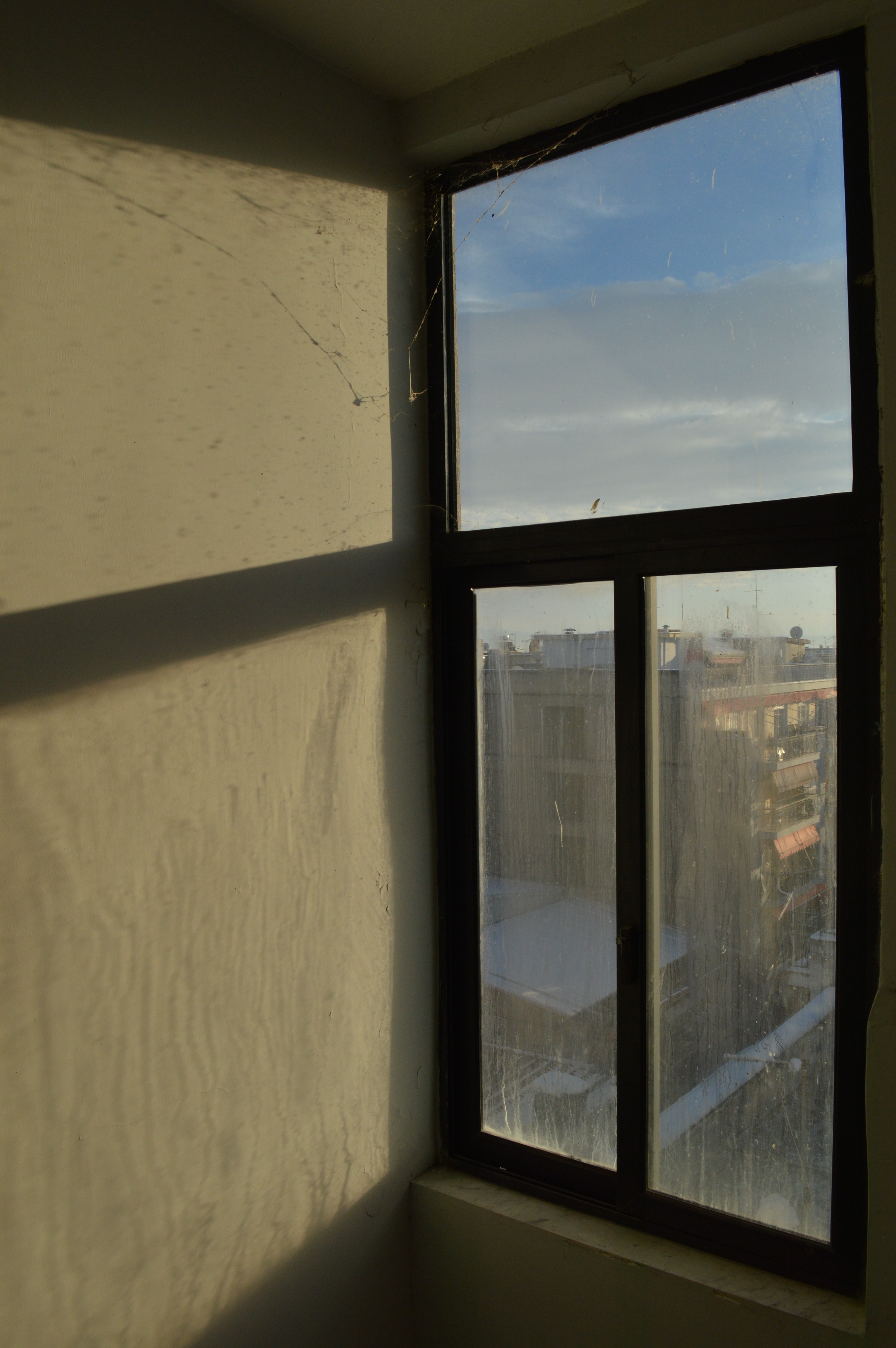
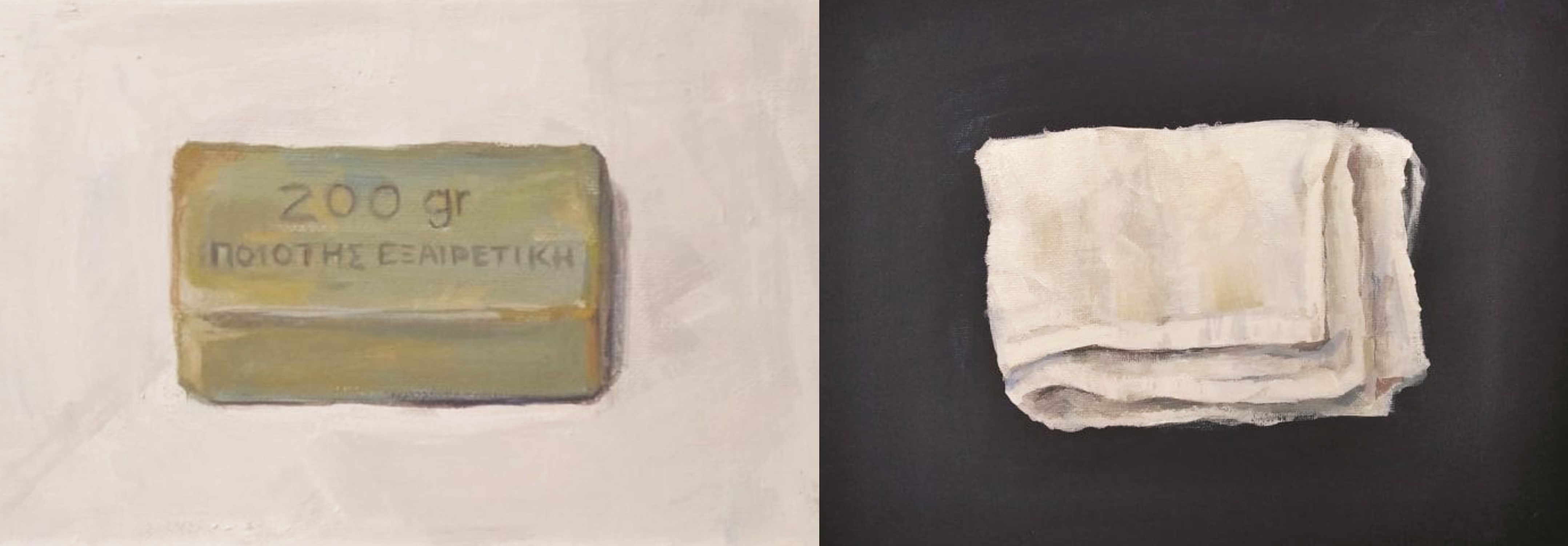
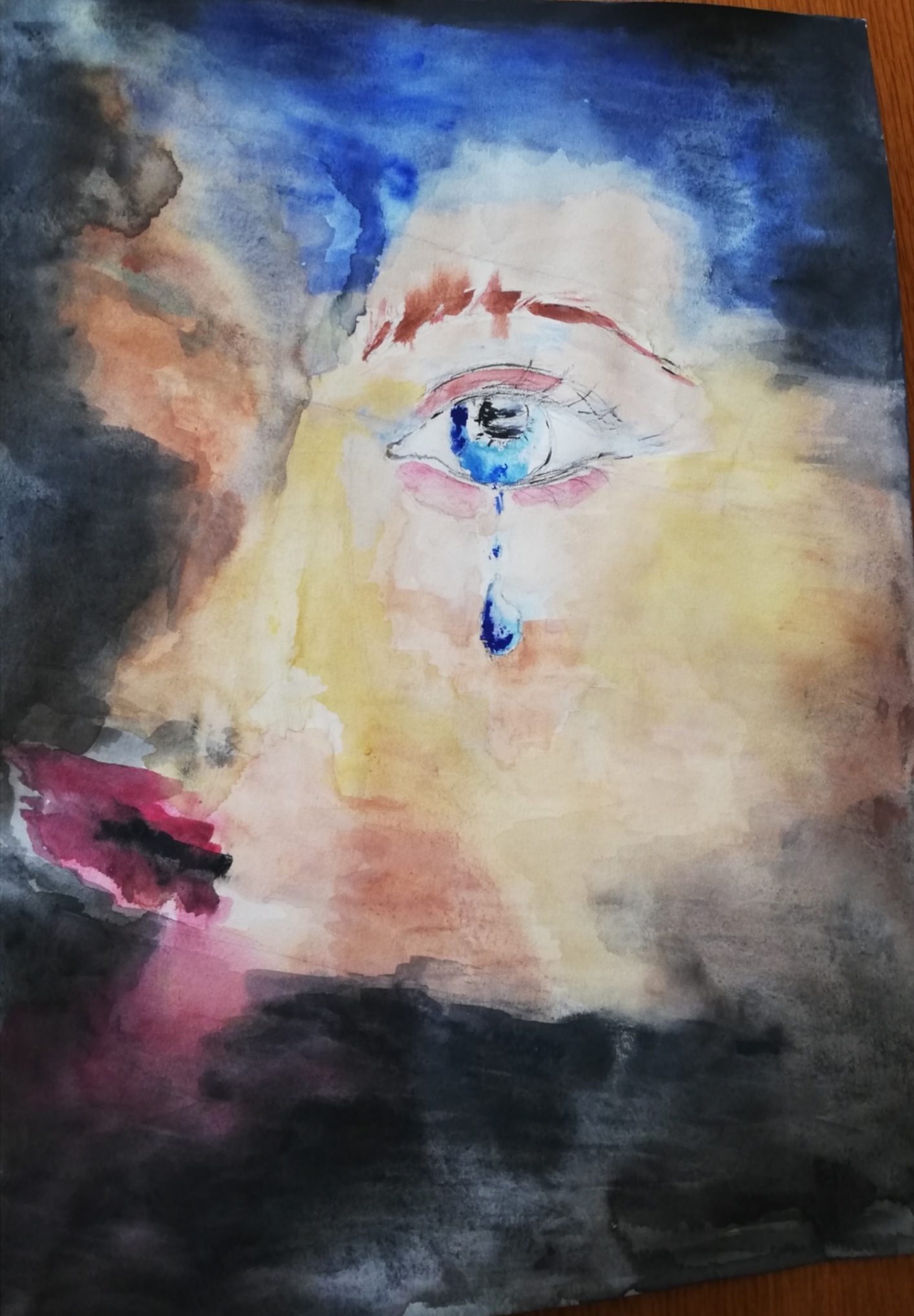
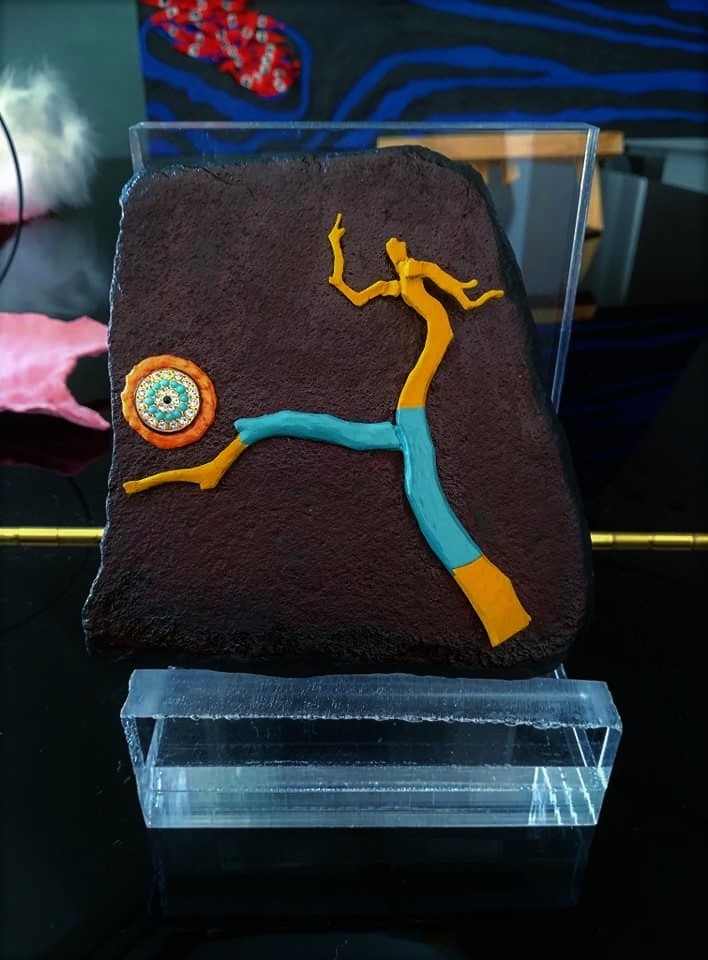
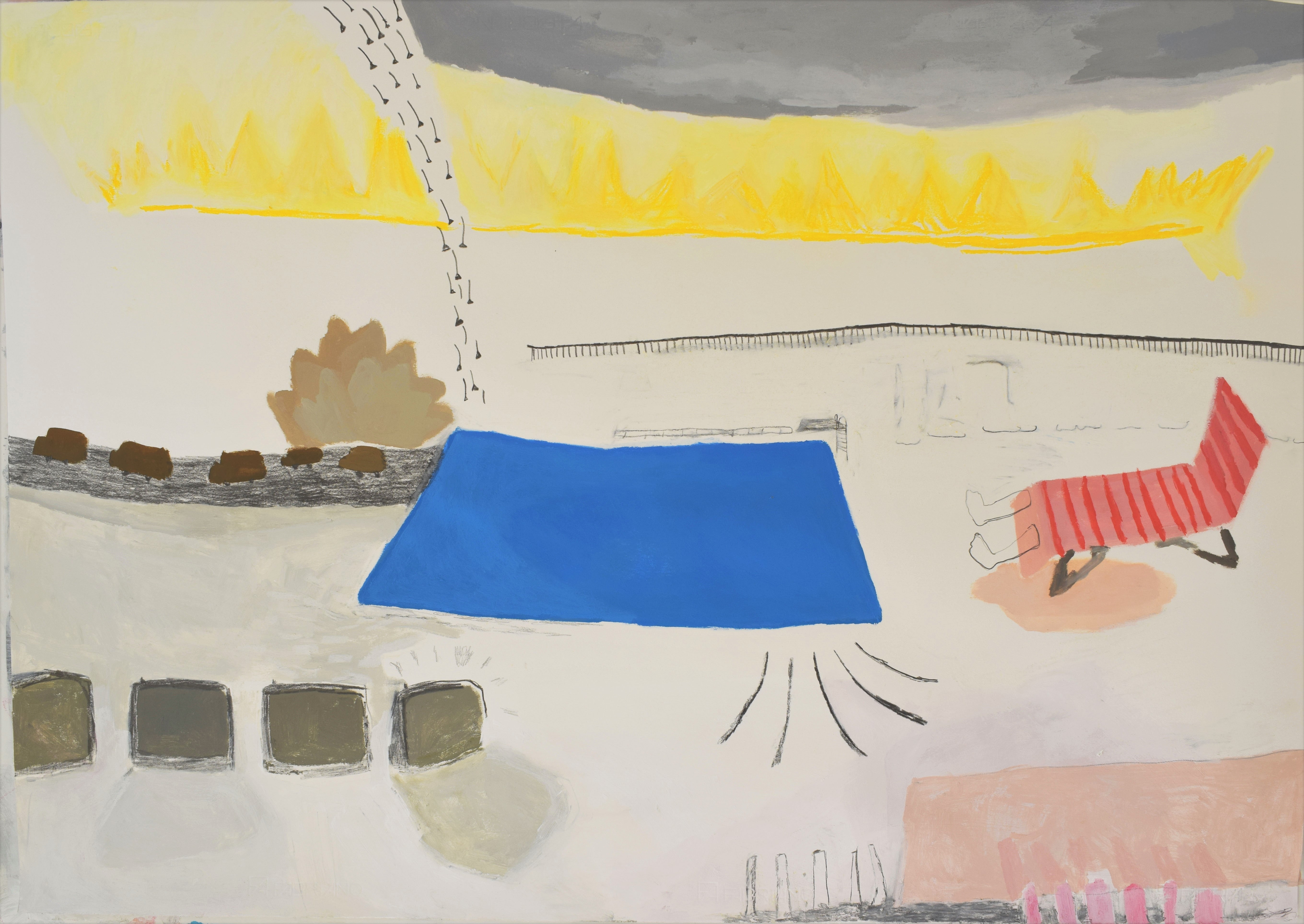
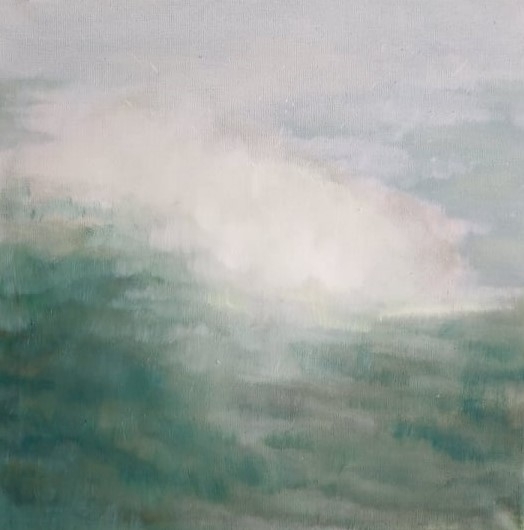
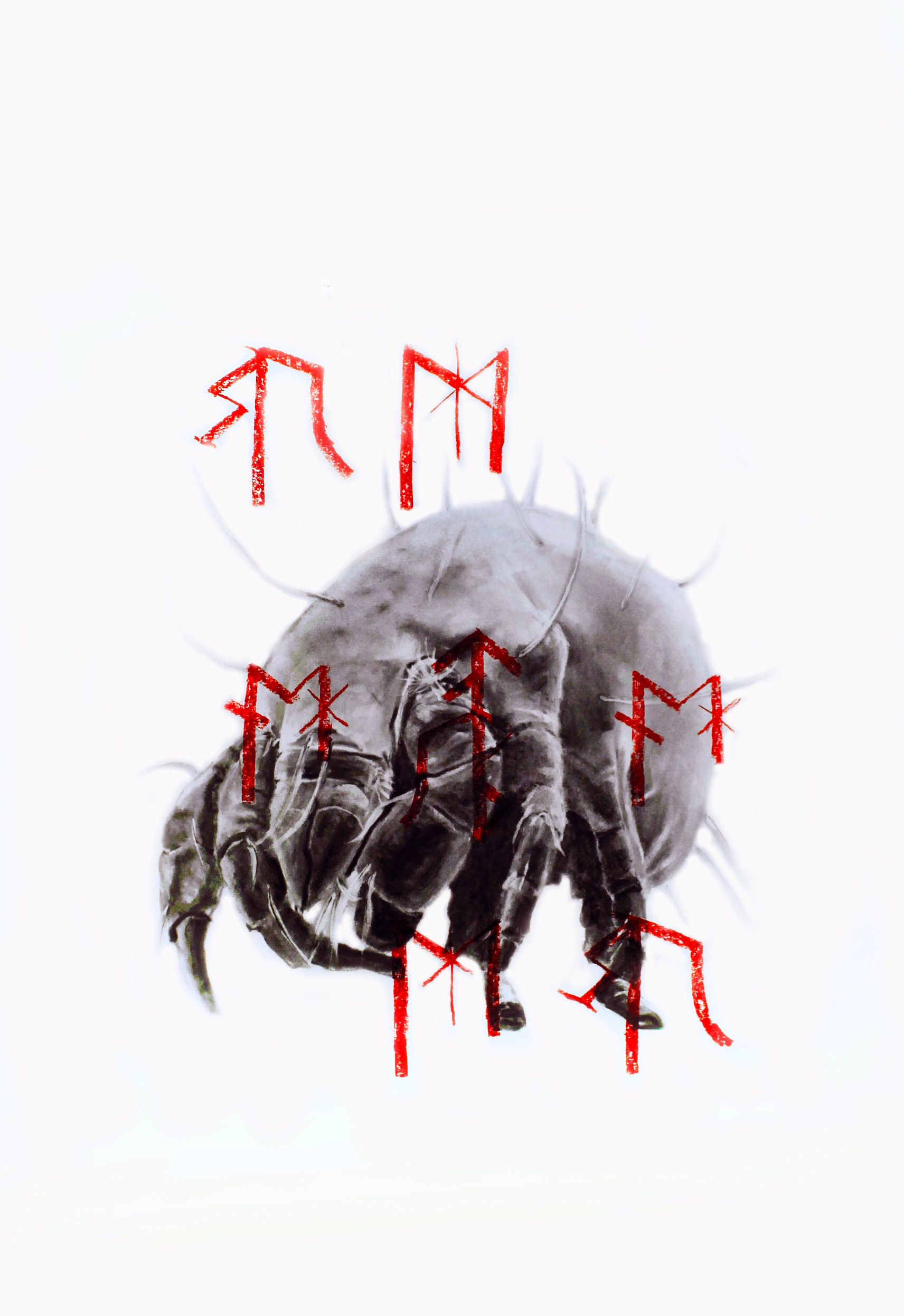
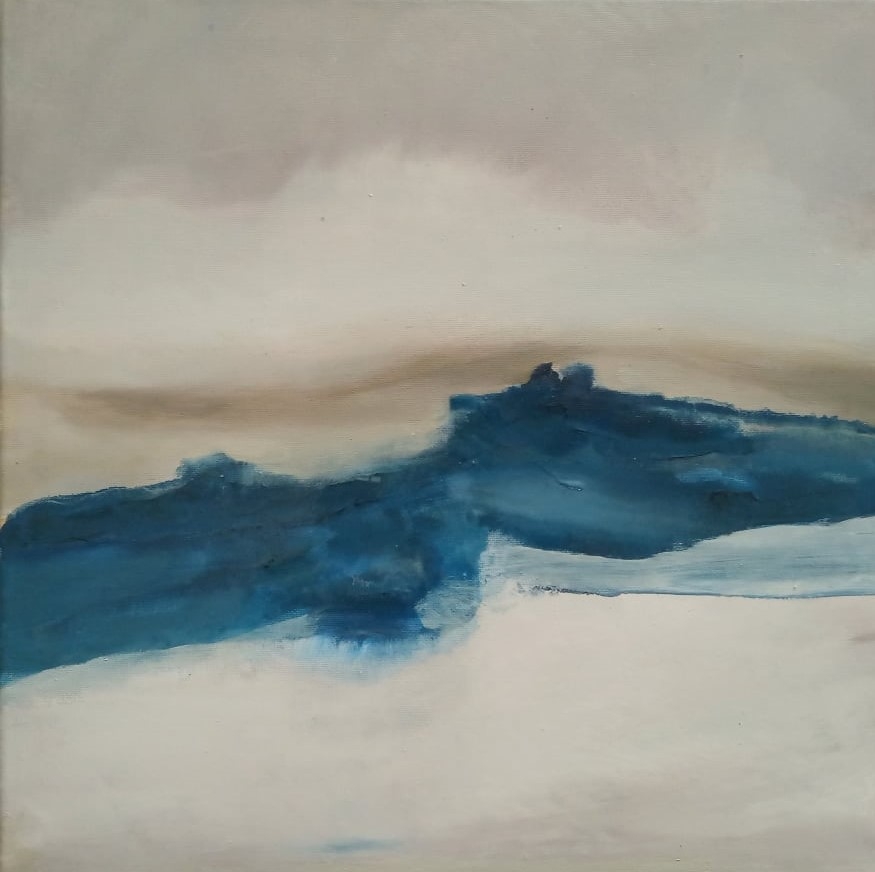
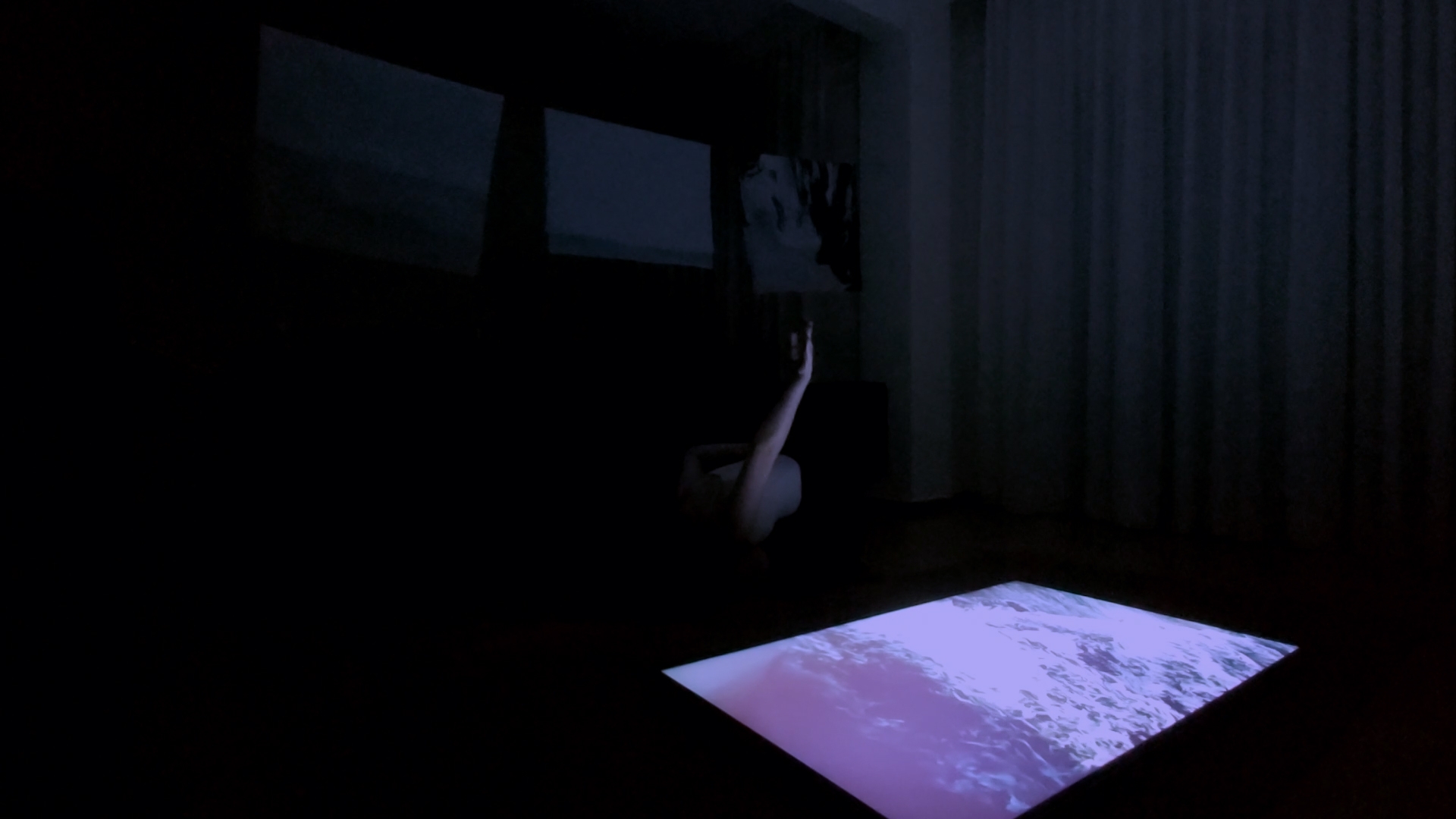
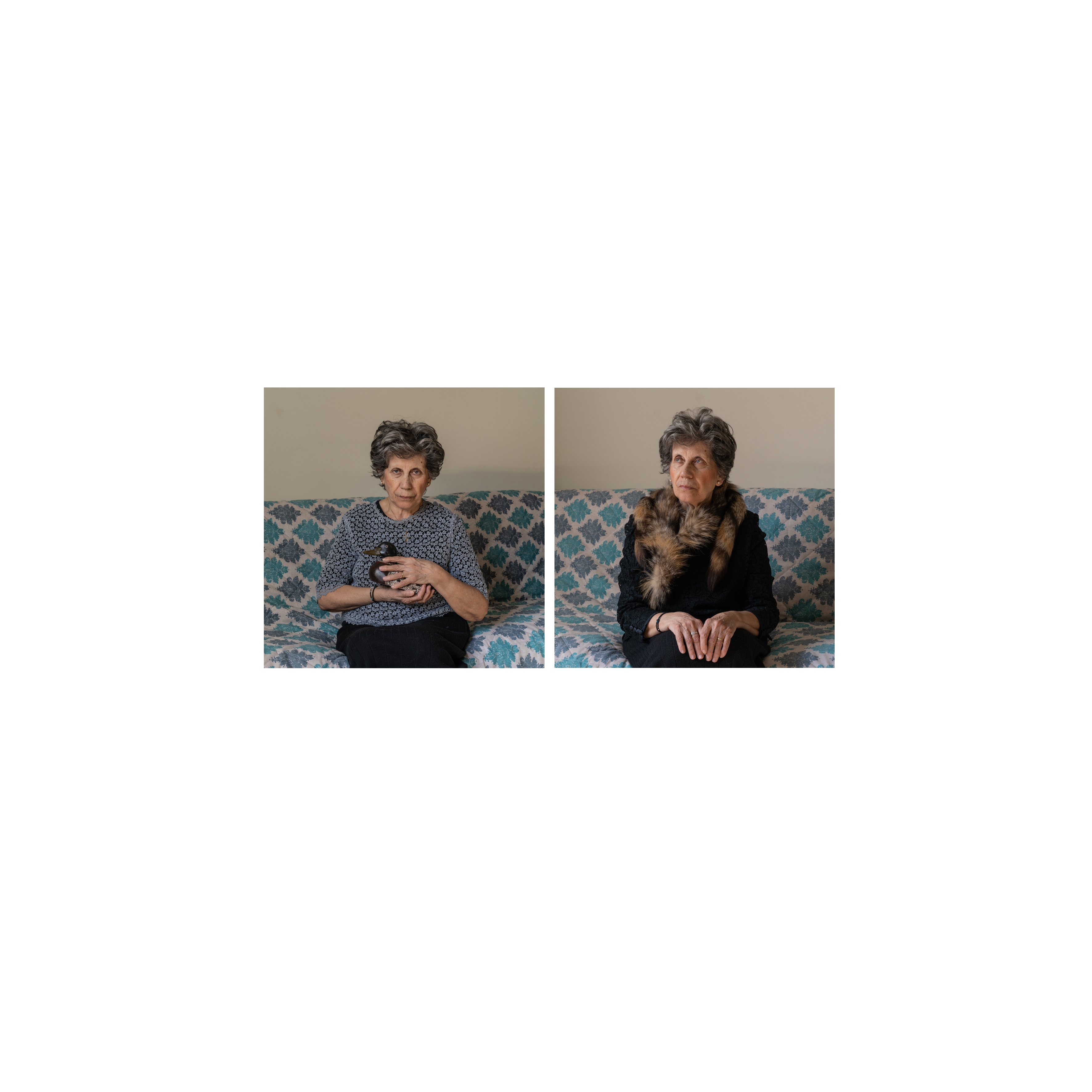
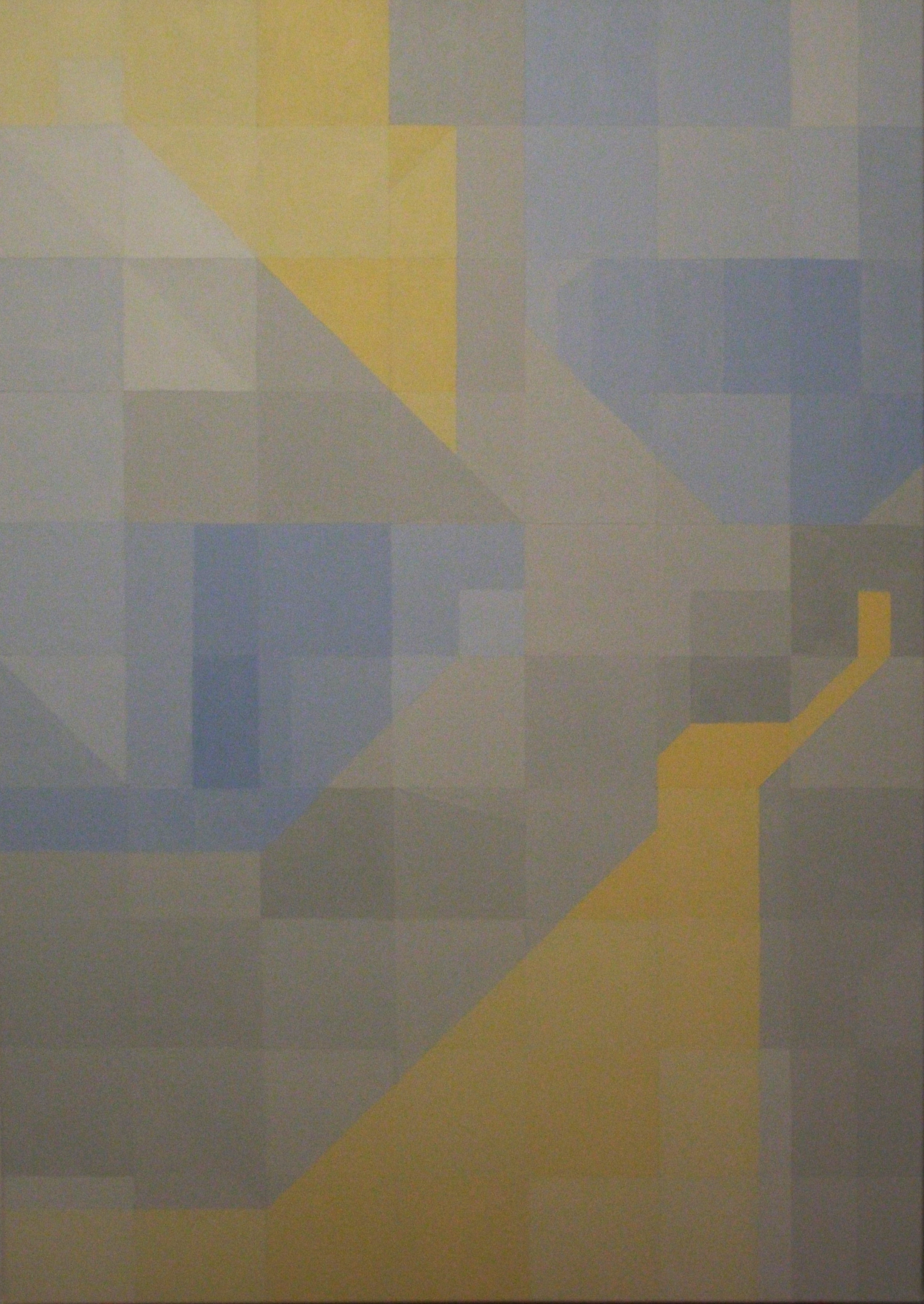
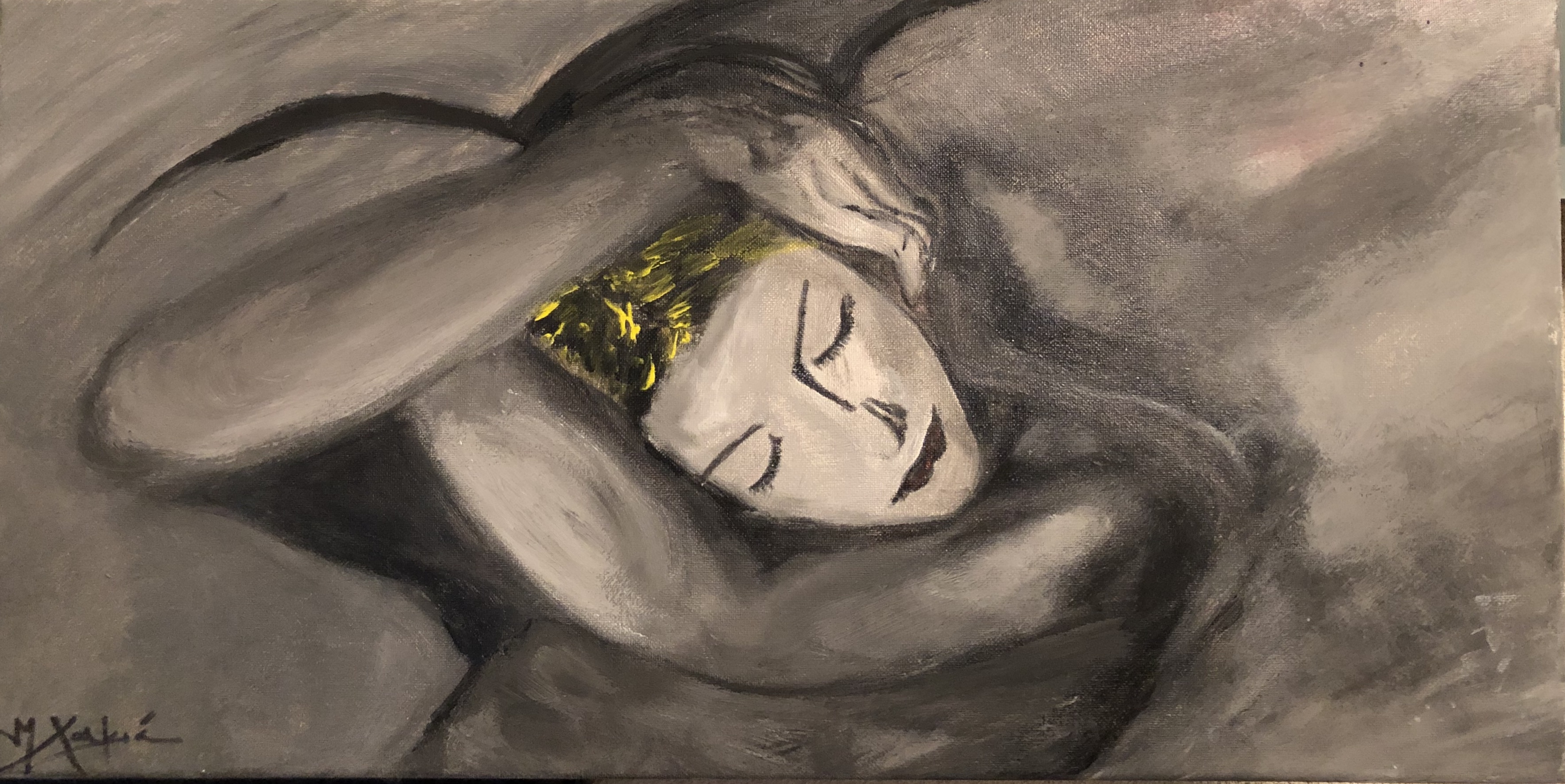
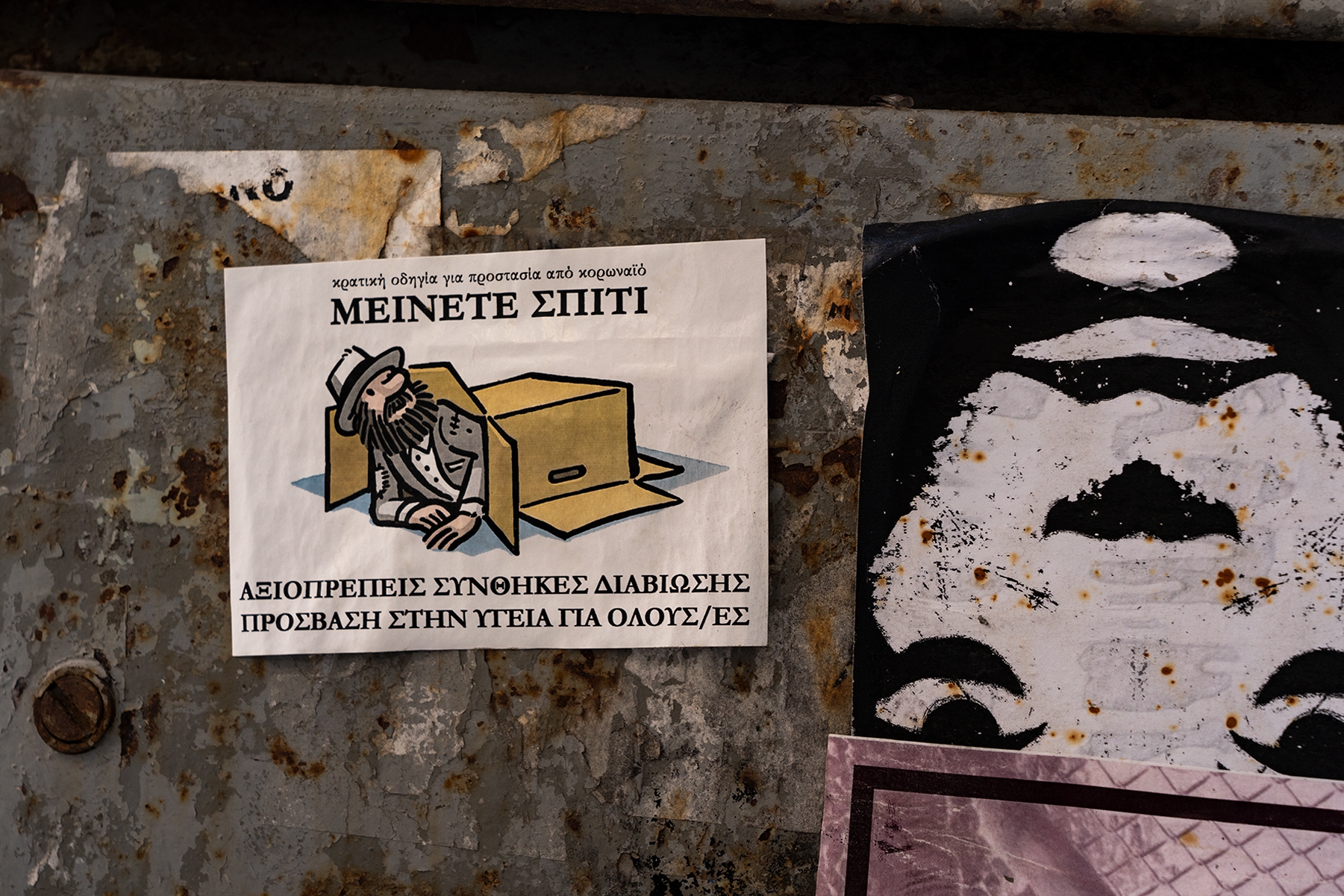
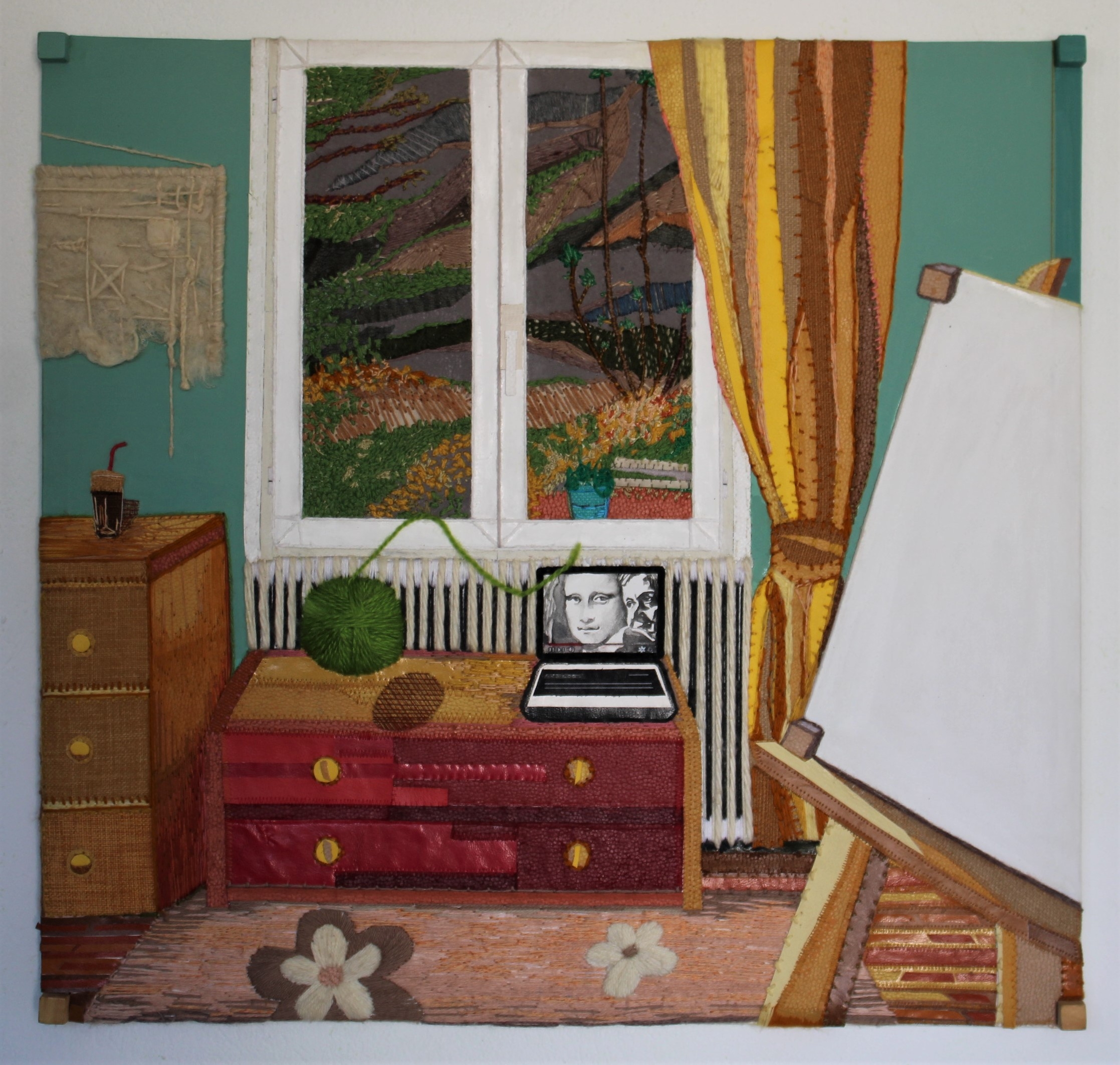
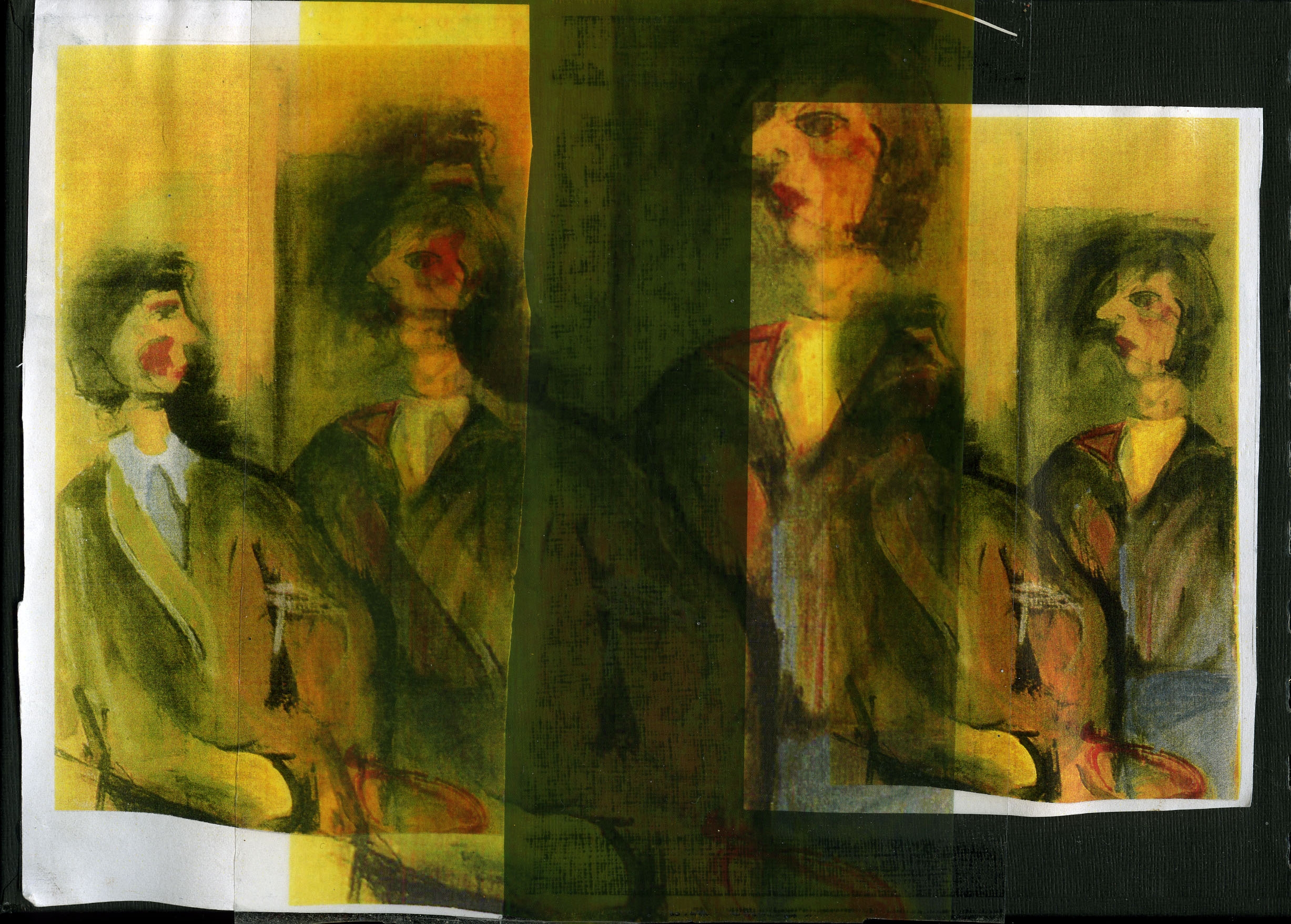
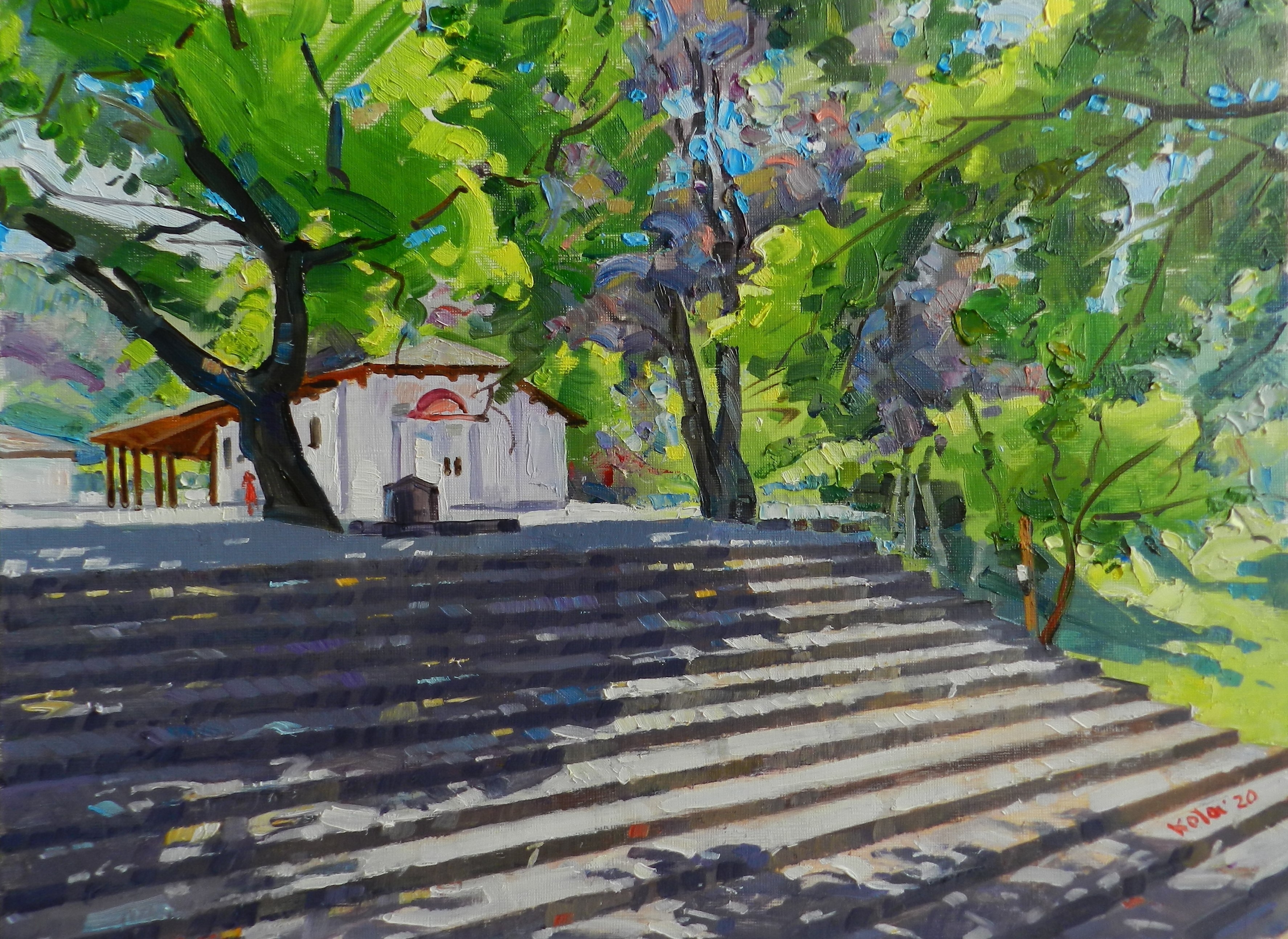
![[DAY 38] Athanasopoulou Lena, Extended Memory I, 2009](/media/k2/items/cache/464131a32be92db1eb03bd70266fdd38_XL.jpg?t=20200425_163643)
![[DAY 44] Christina Calbari, Custody, 2002](/media/k2/items/cache/ce7646a74c54cecf1c05442c71f02147_XL.jpg)
![[DAY 2] Roger Ballen, Tommy, Samson and a Mask, 2000](/media/k2/items/cache/1698b847c2e4fe98c05adcdc9d420590_XL.jpg)
![[DAY 36] Katerina Zacharopoulou, Petronella Oortman, 2011](/media/k2/items/cache/b8cc41f2c23fcd5970f74c3c49efafec_XL.jpg)
![[DAY 16] Solomon Nikritin, from the ‘Memories of War’ series, c. 1924](/media/k2/items/cache/a63cd9e38964634741a5a3fe89055308_XL.jpg)
![[DAY 37] Alex Mylona, Sun, 1998](/media/k2/items/cache/a9ccd7cd1c4267a50c67ac0bd7180172_XL.jpg?t=20200425_163510)
![[DAY 43] Alex Mylona, Defence, 1960](/media/k2/items/cache/5cf9cad94714c5577919c266171d935c_XL.jpg)
![[DAY 15] Vassilis Constantinou, Untitled, 2015](/media/k2/items/cache/63503204d18160dd6a733e989b70c404_XL.jpg)
![[DAY 30] Dennis Oppenheim, Study for device to root out evil, 1997](/media/k2/items/cache/8da476f72f06a276b1f930cdb28c21f1_XL.jpg)
![[DAY 21] Kosmas Xenakis, “The piano”, 1948](/media/k2/items/cache/b8292acafd72142128a3481ac4b0abff_XL.jpg)
![[DAY 4] Stavros Kioutsioukis, Swastika in memory](/media/k2/items/cache/68b62085e41e8f225811766f8d5eb2bb_XL.jpg)
![[DAY 17] Apostolos Georgiou, “Five past three”, 2006](/media/k2/items/cache/75b44b0e9c2e5d305fa323c6c51d3476_XL.jpg?t=20200424_155850)
